Day 51 - Meeting A Wise Italian Monk in Daikoku-ji Temple, on Kunimi Mountain Above Makurazaki, The Kyushu 108 Temple Pilgrimage, Japan

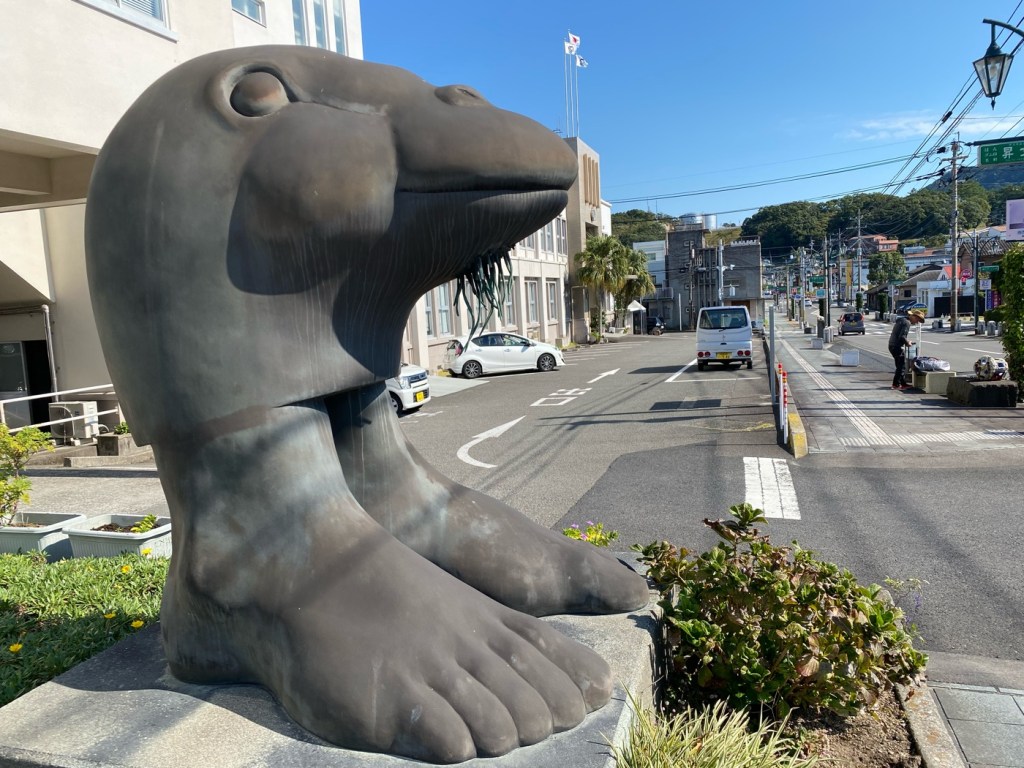

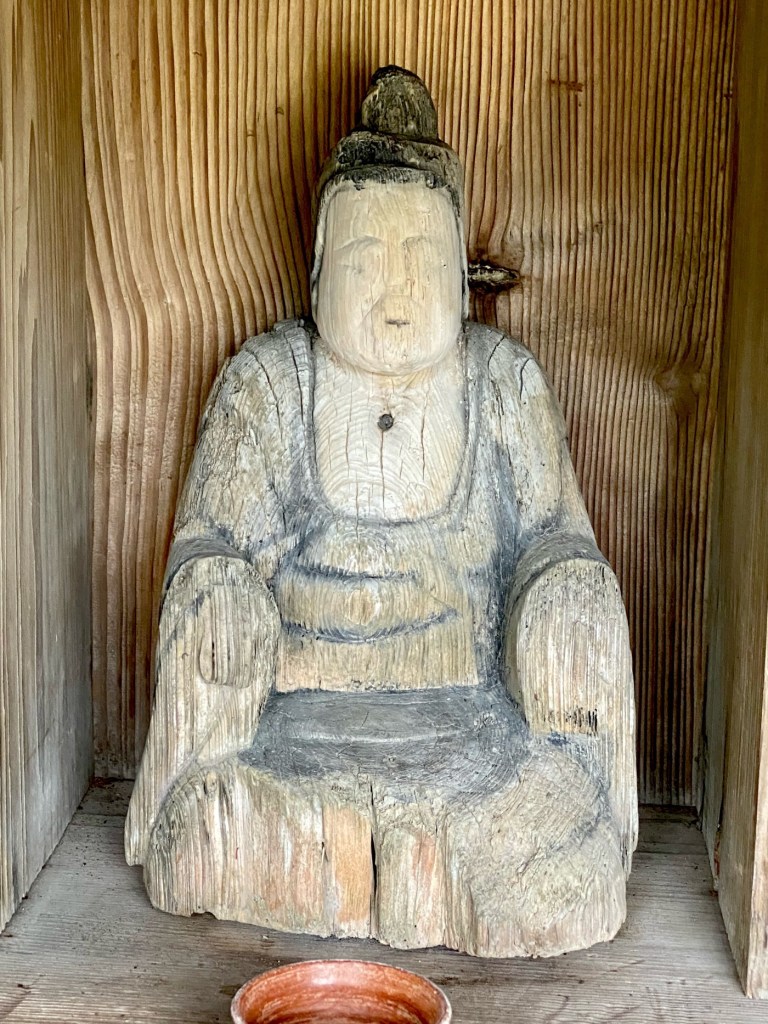
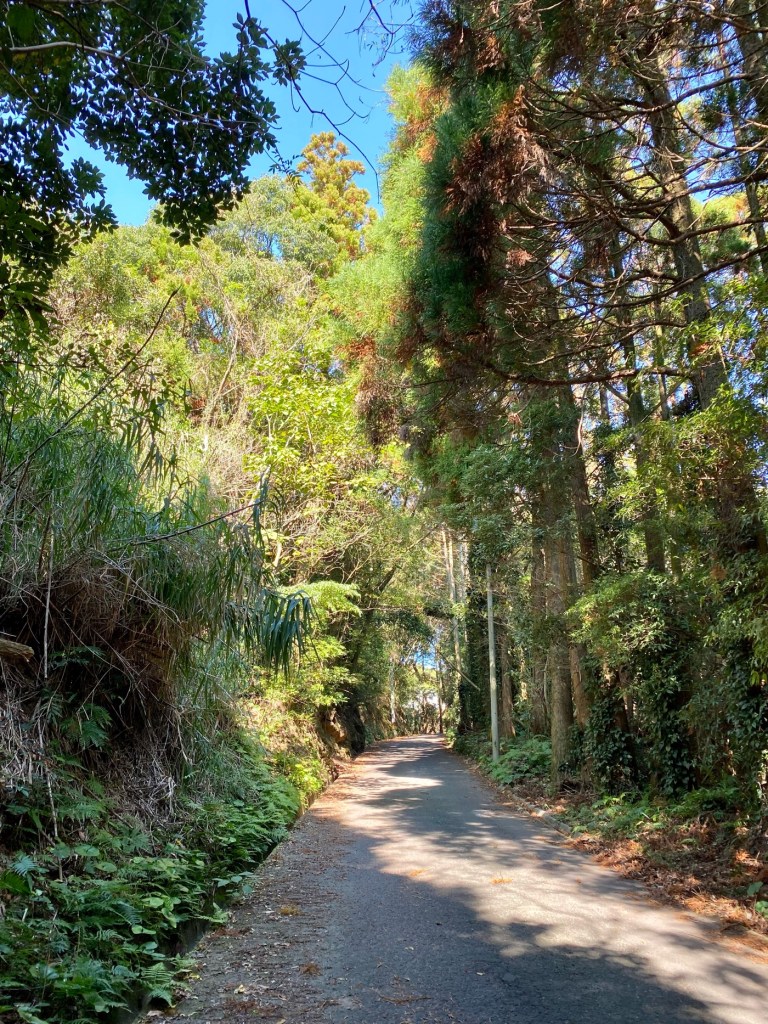

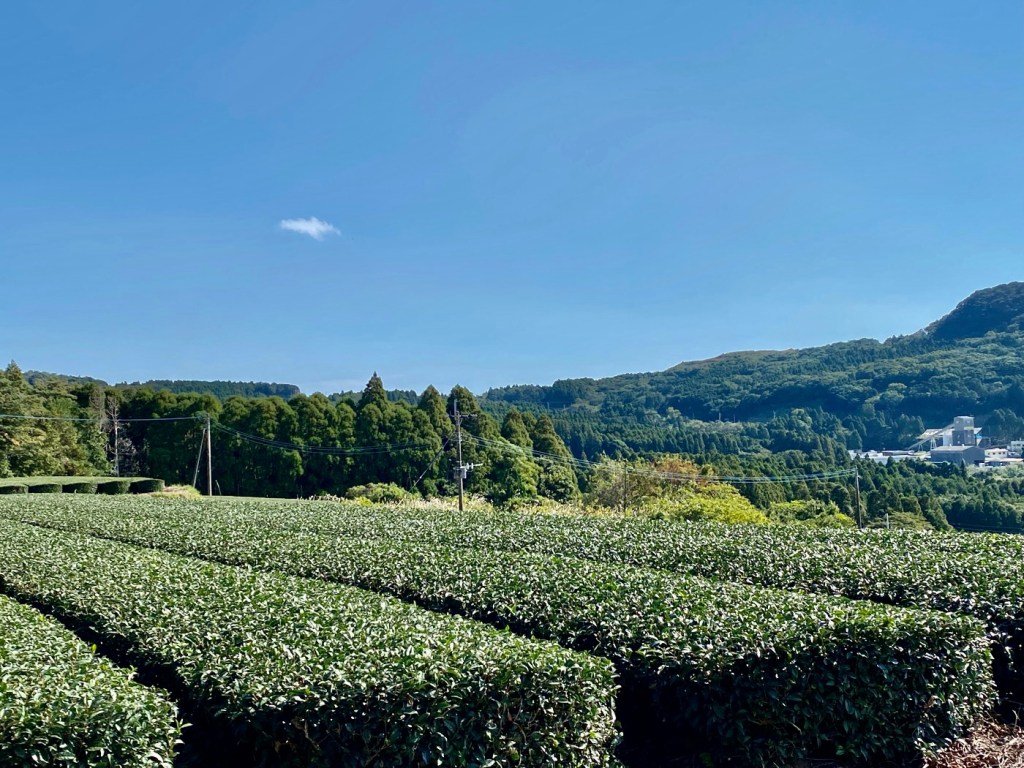


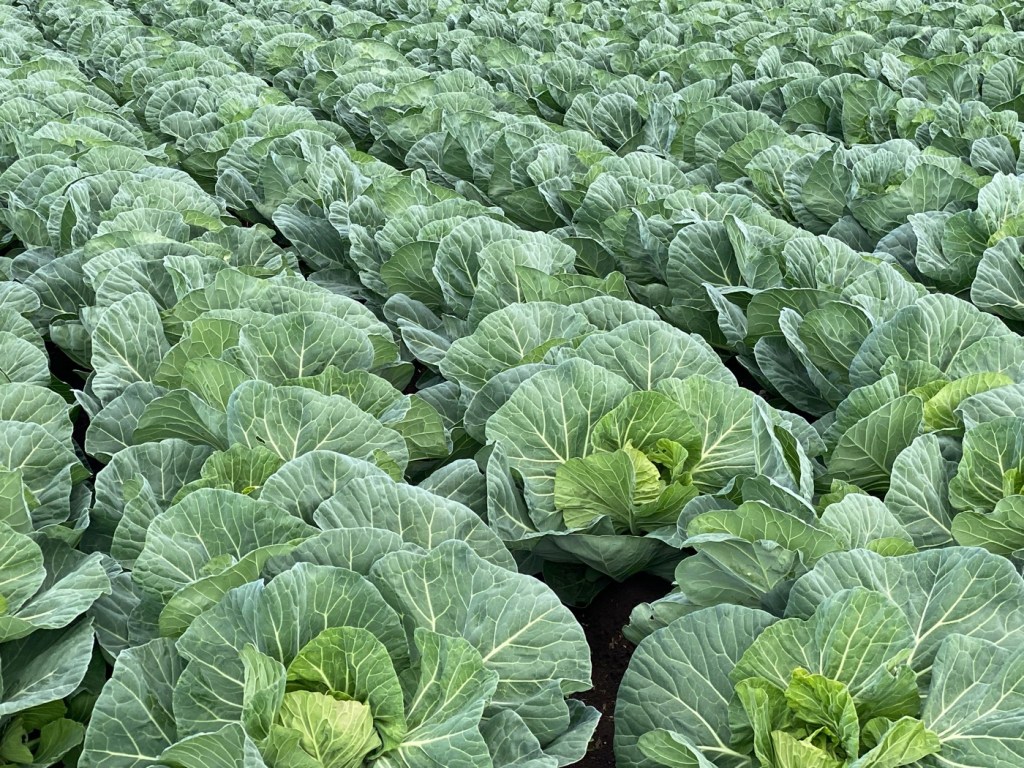

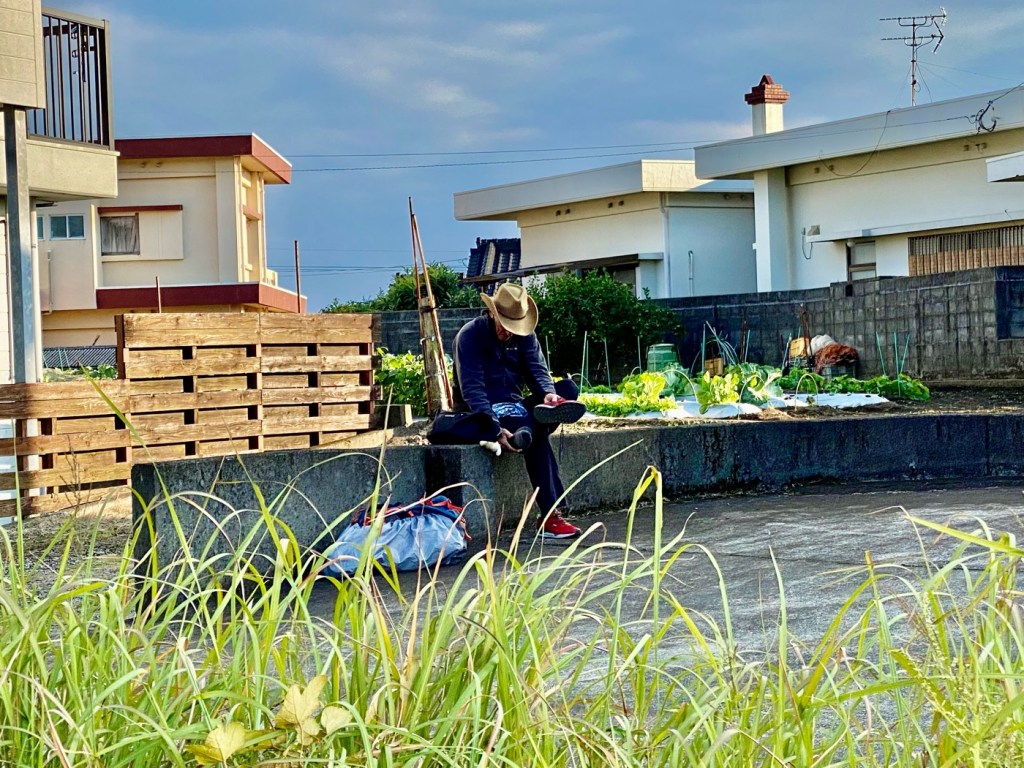
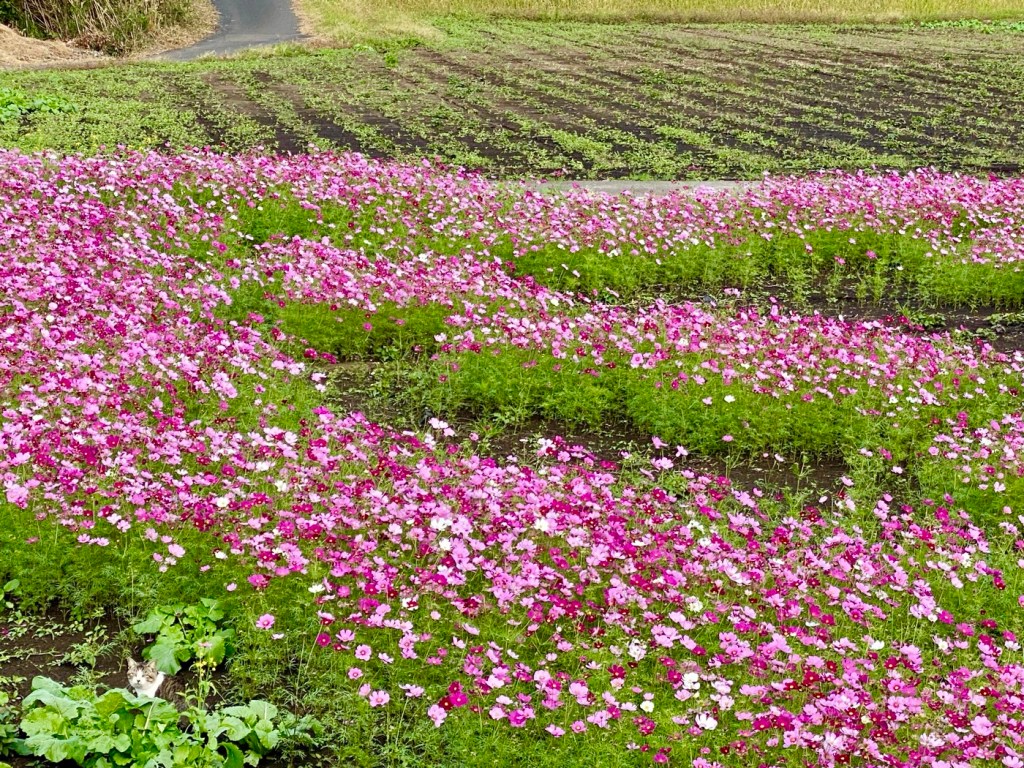
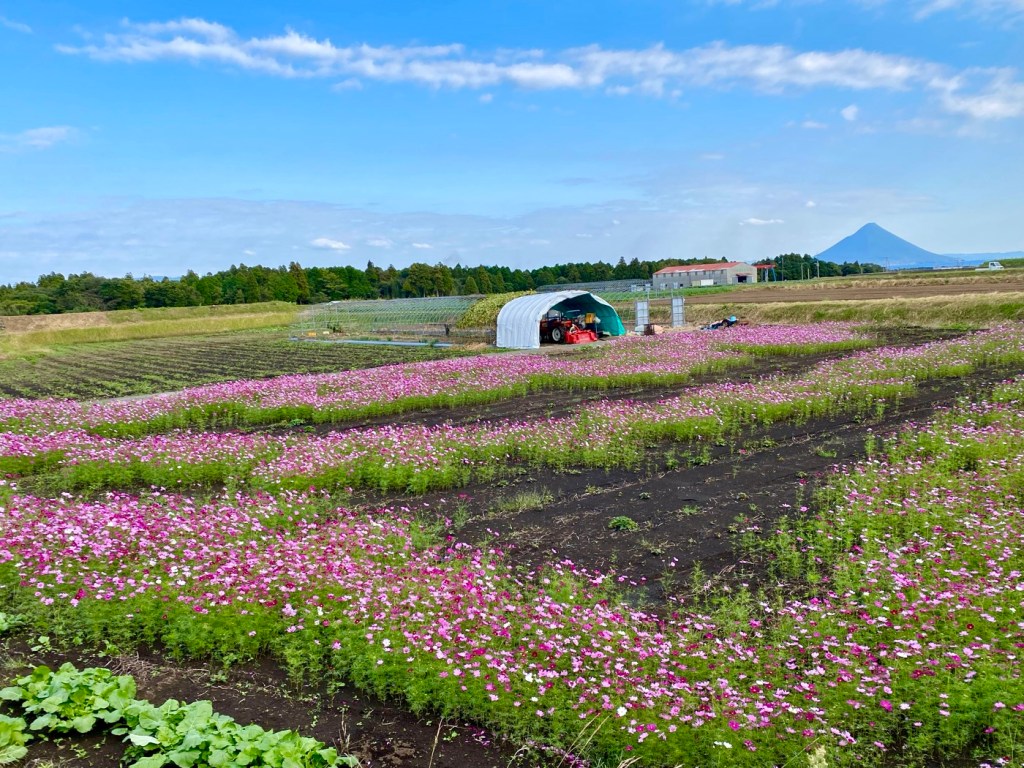
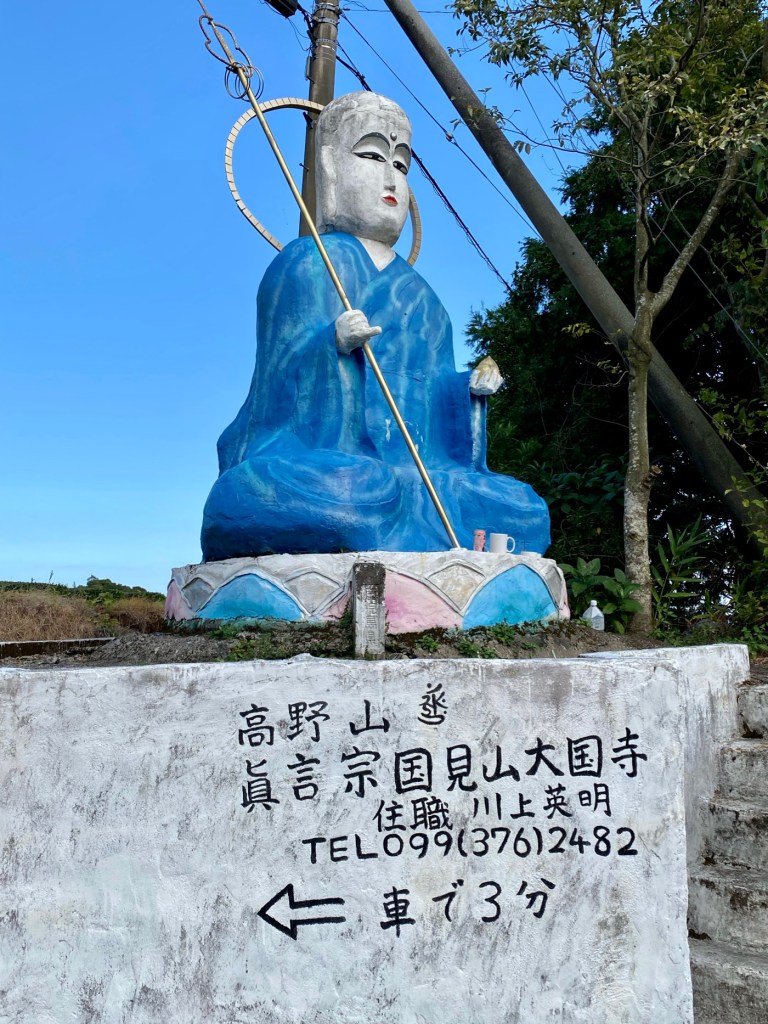
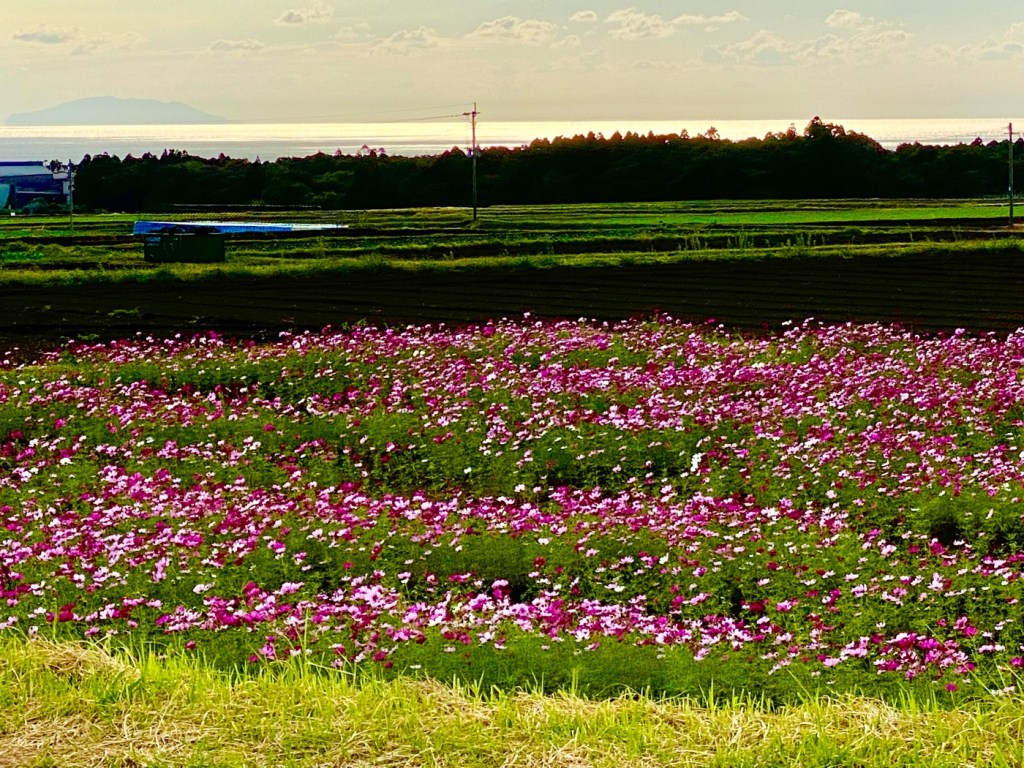
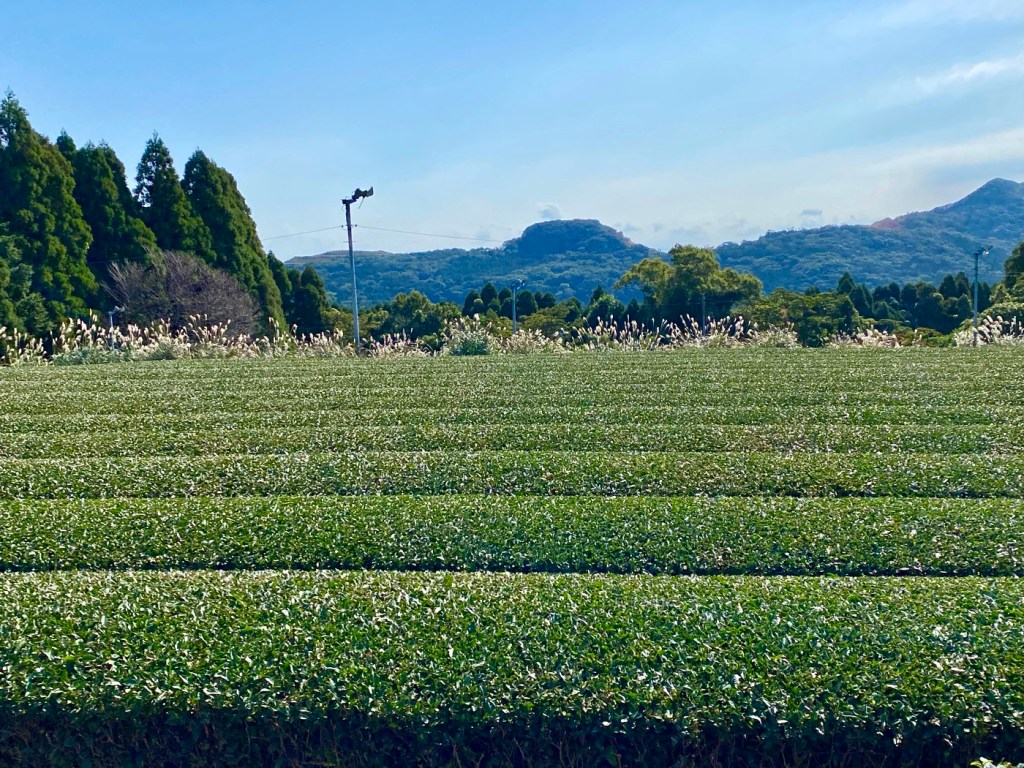
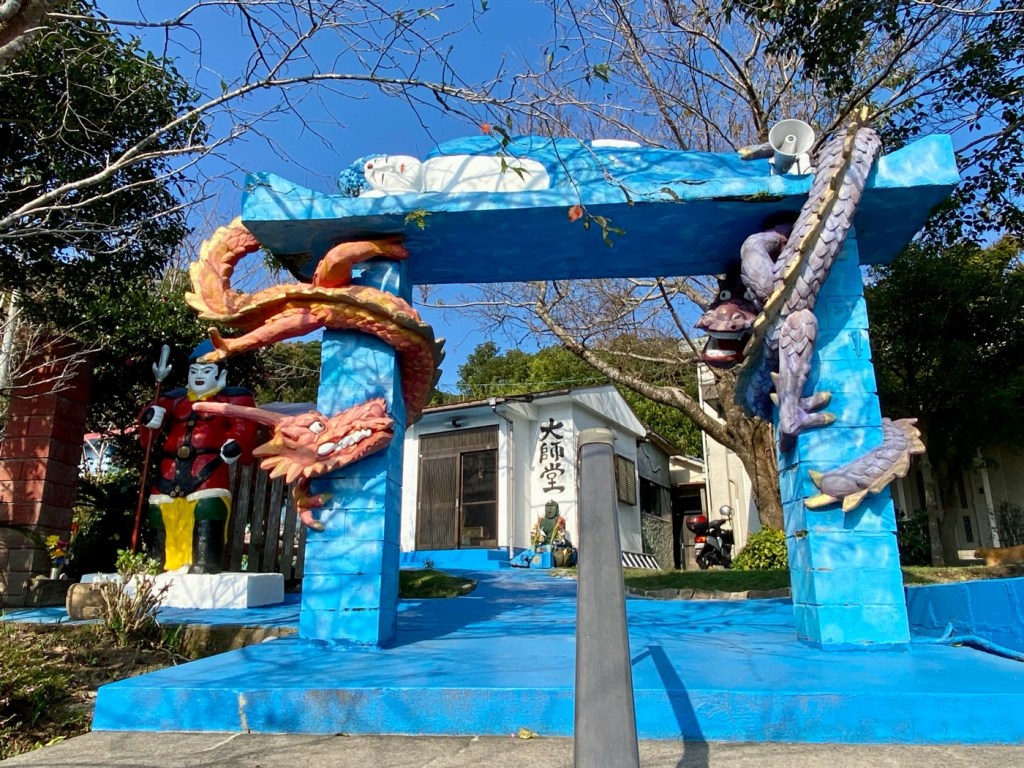
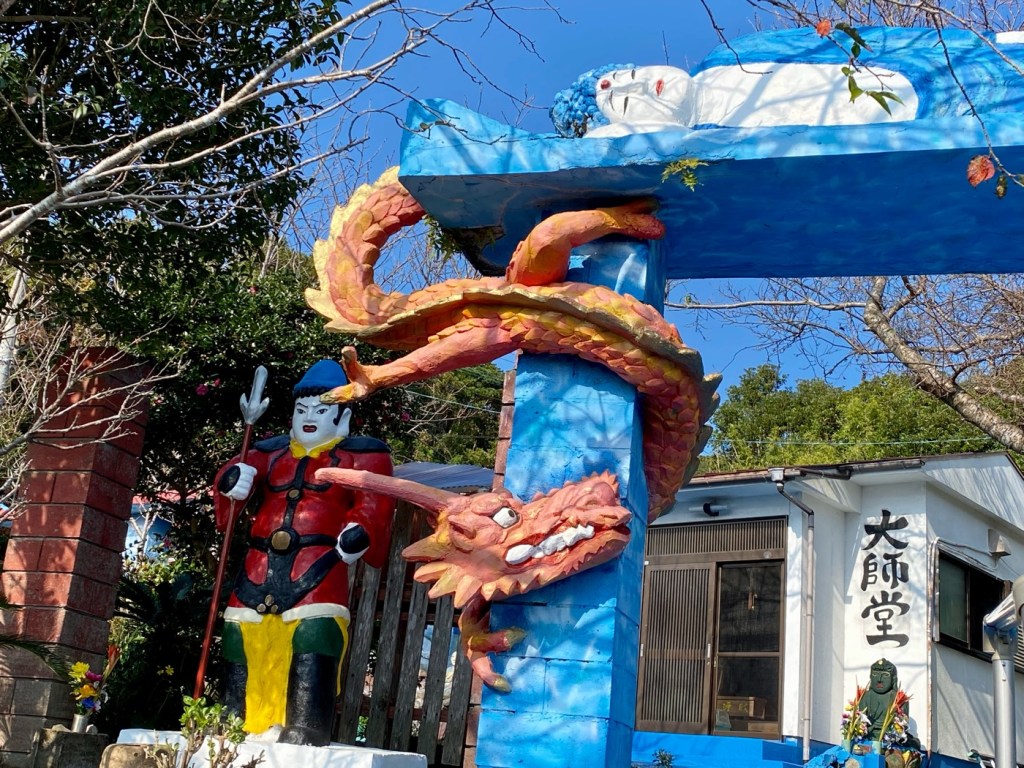
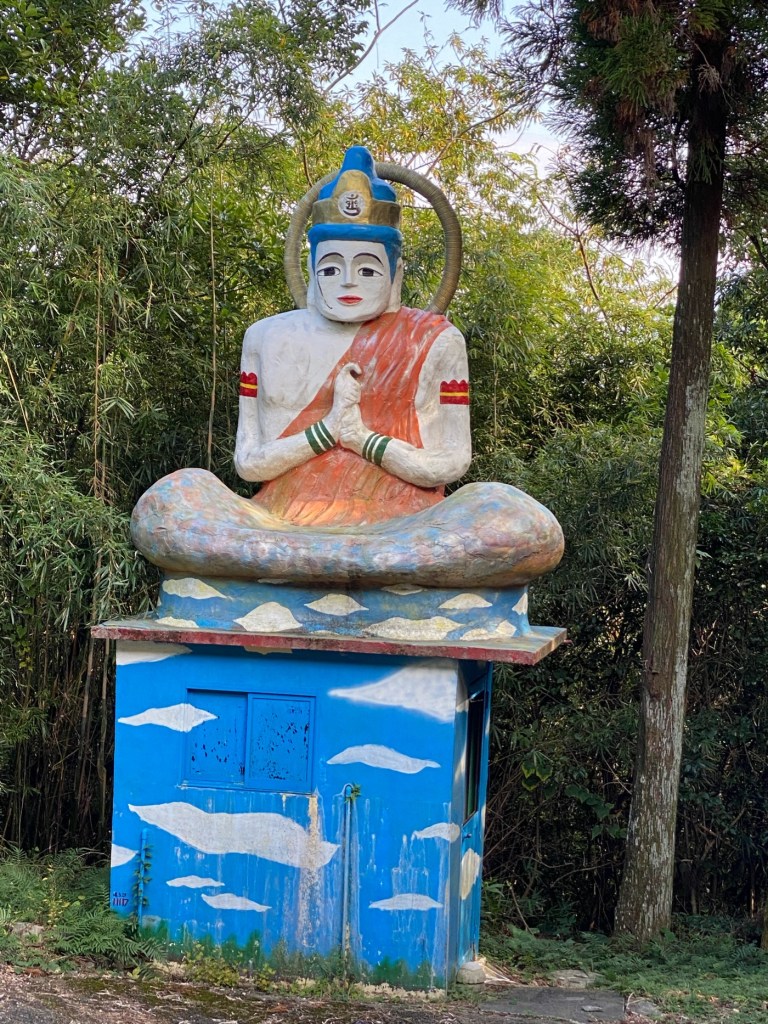


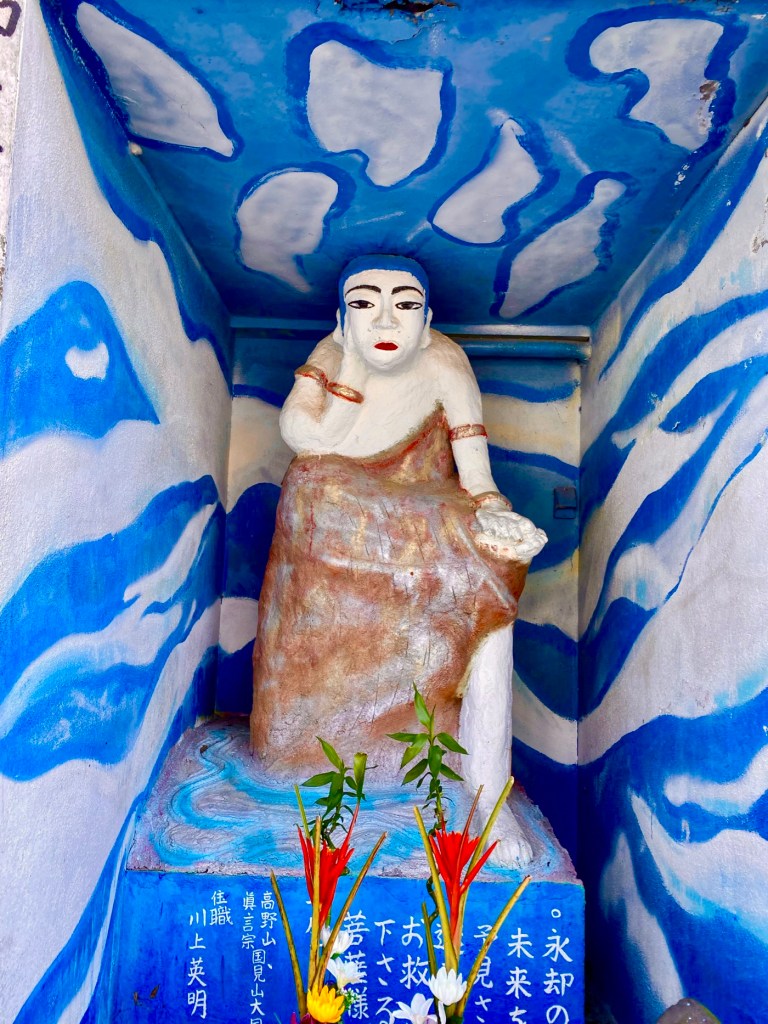

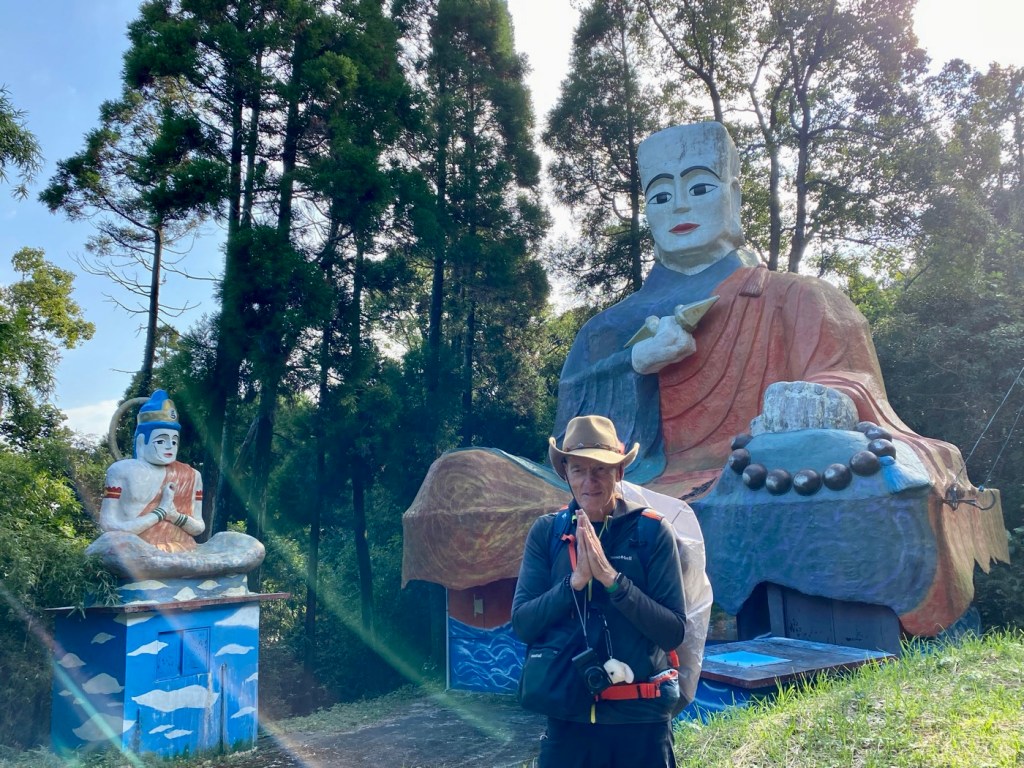


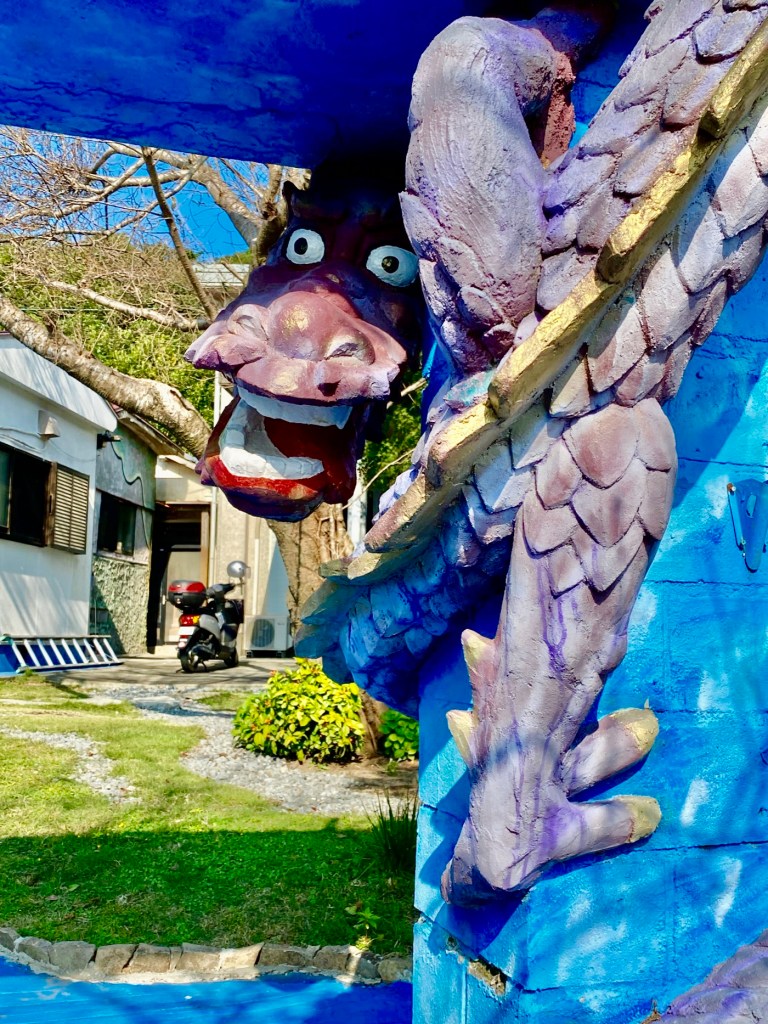
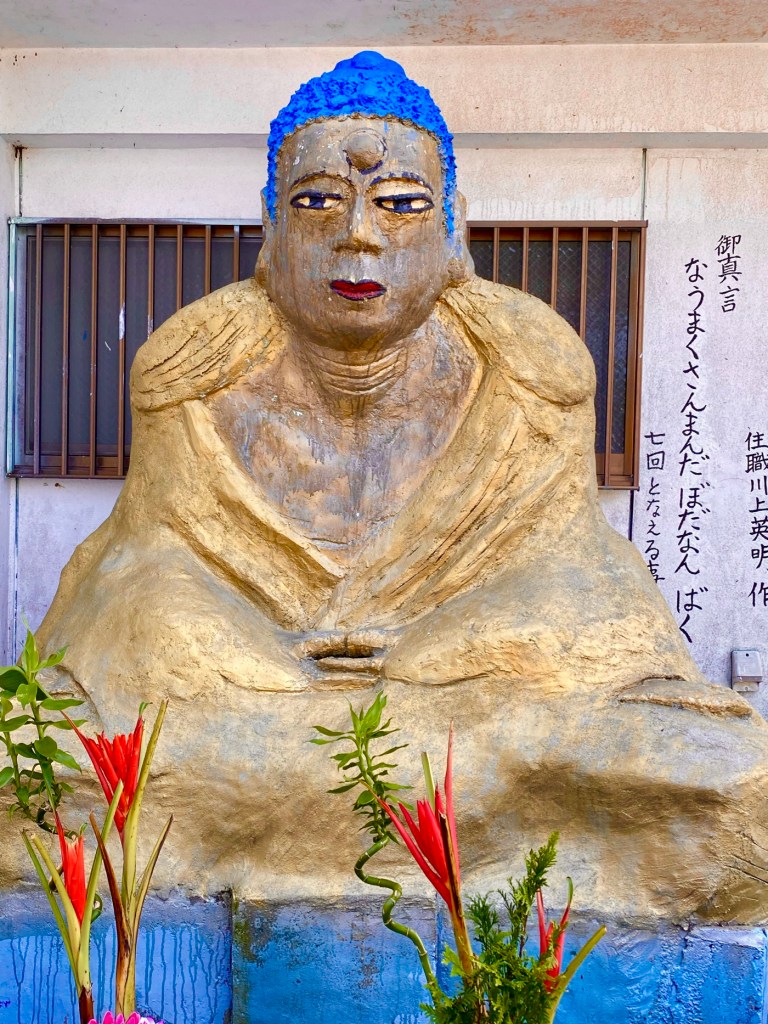
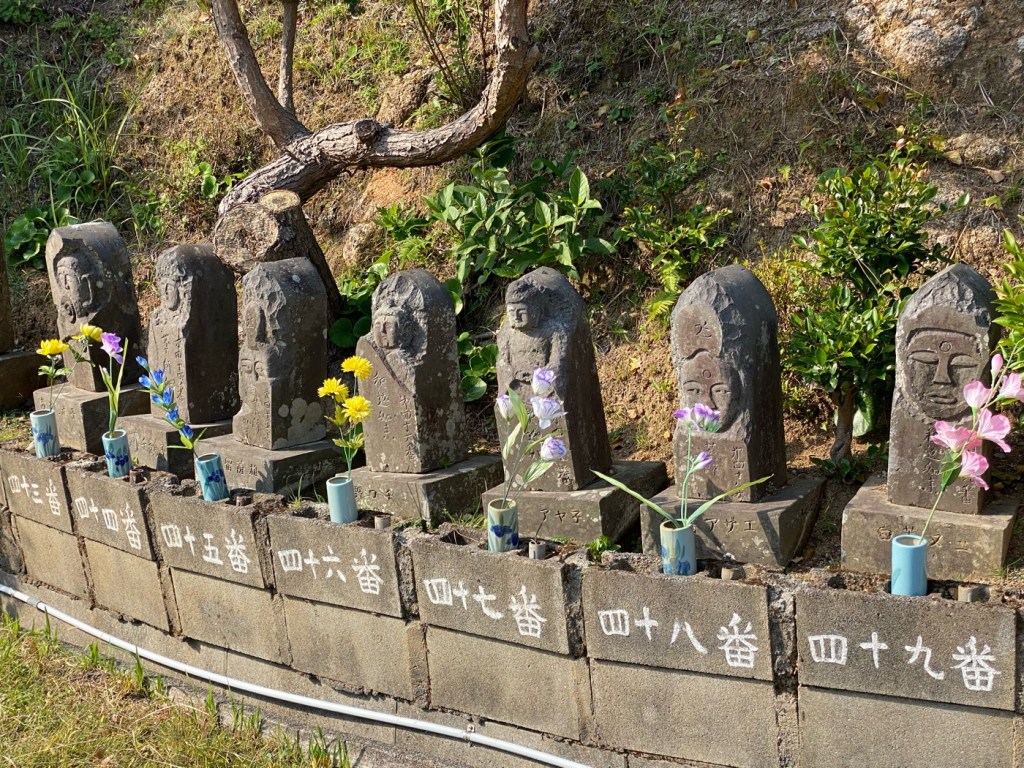
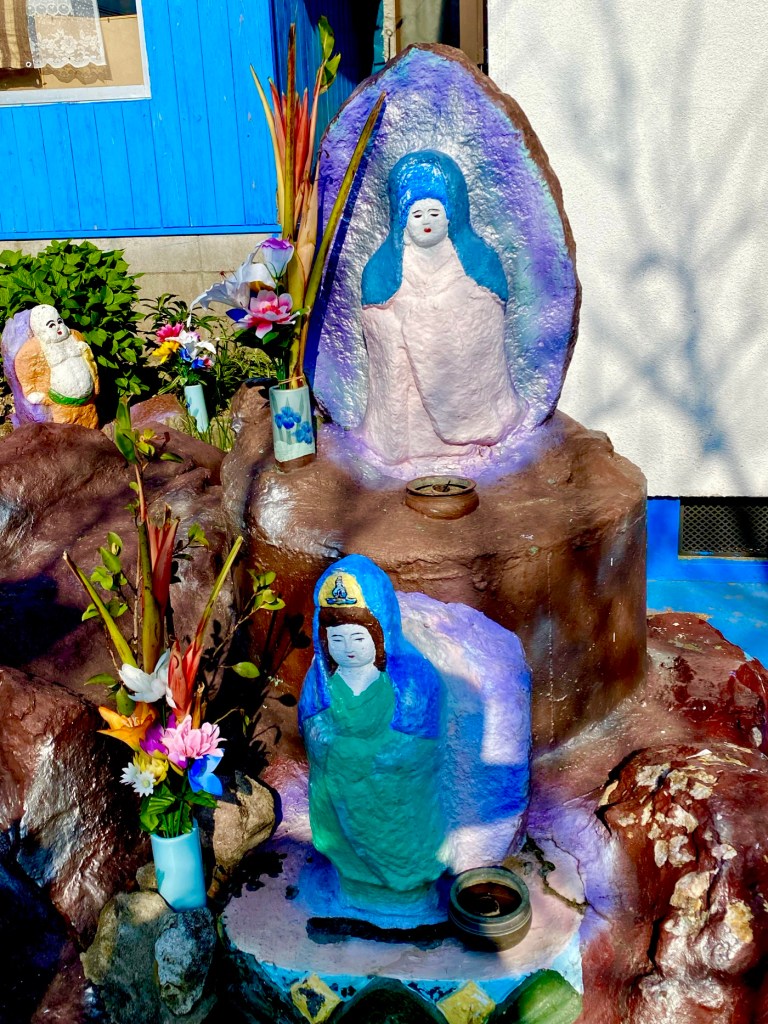
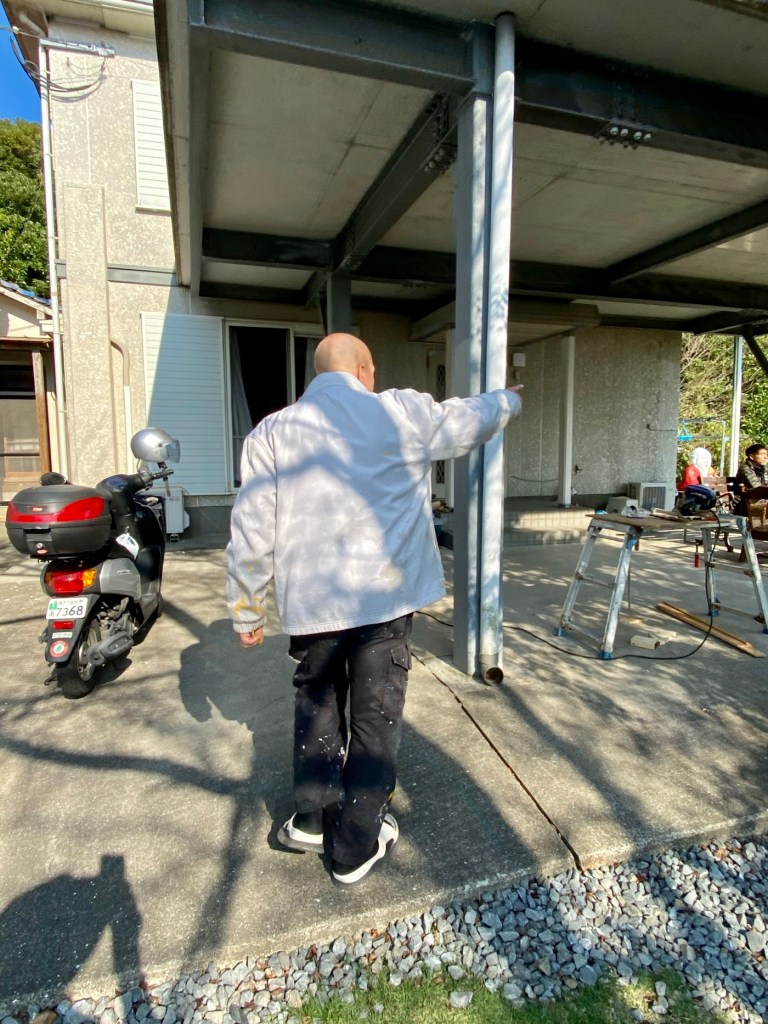
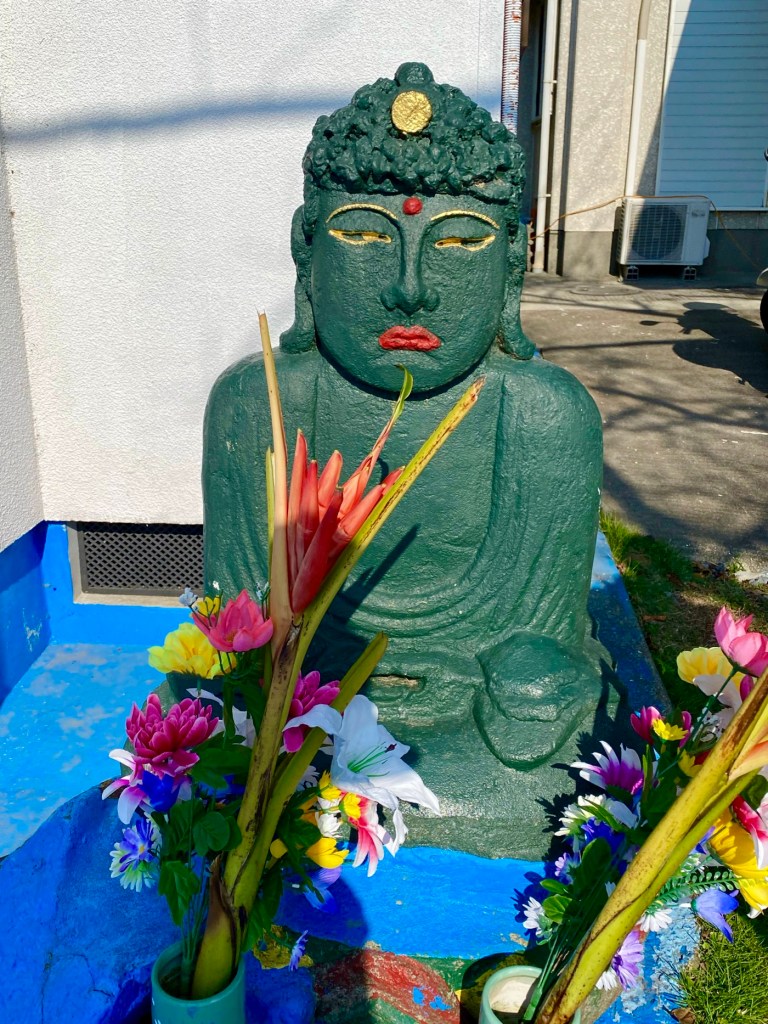

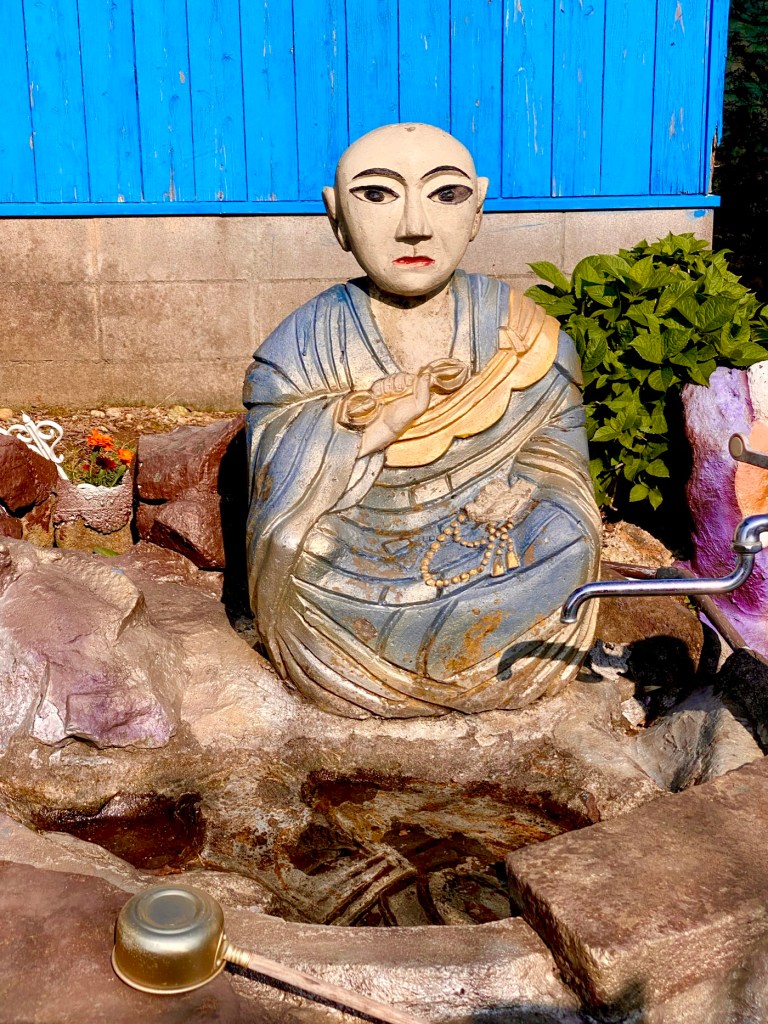
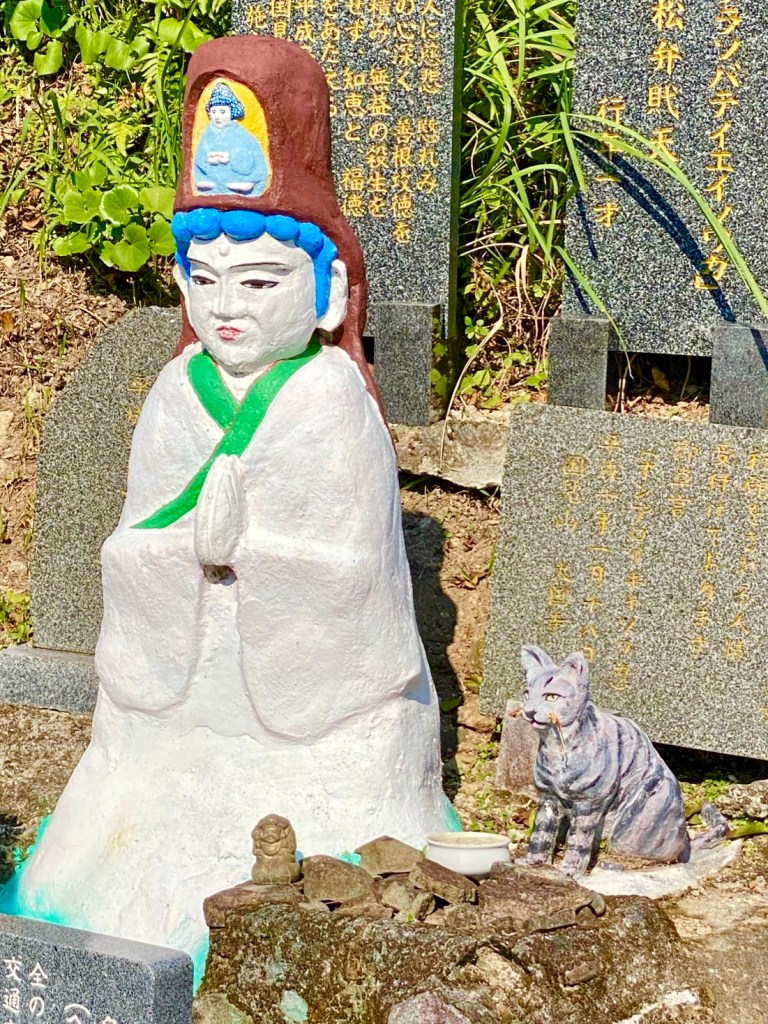
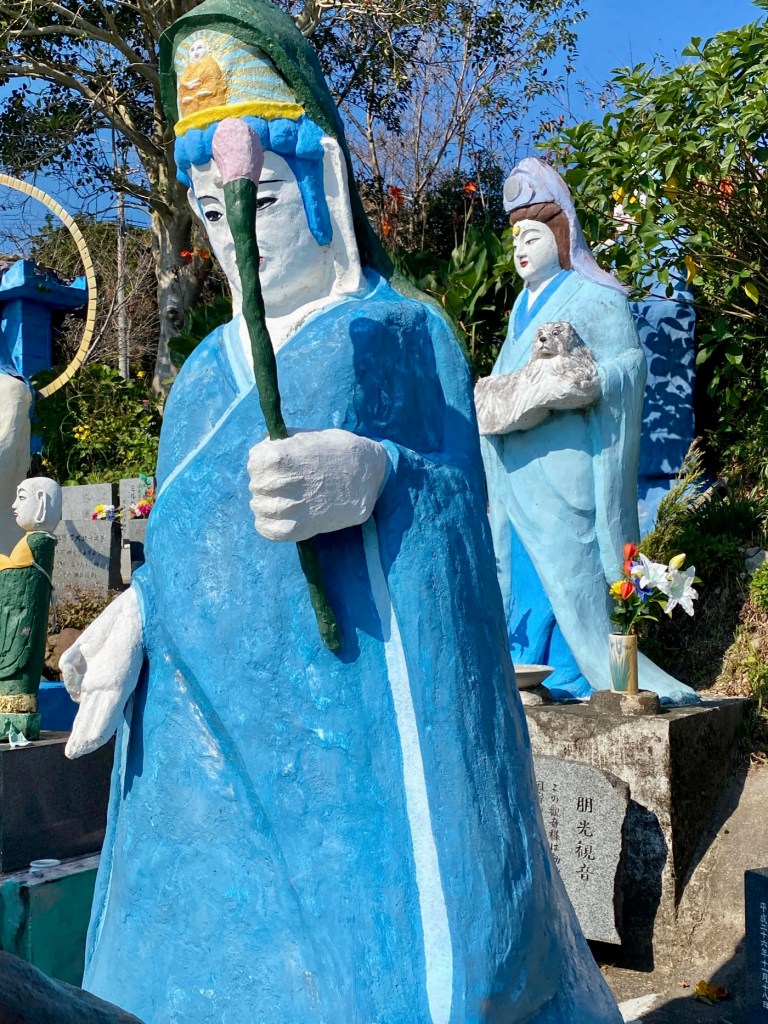

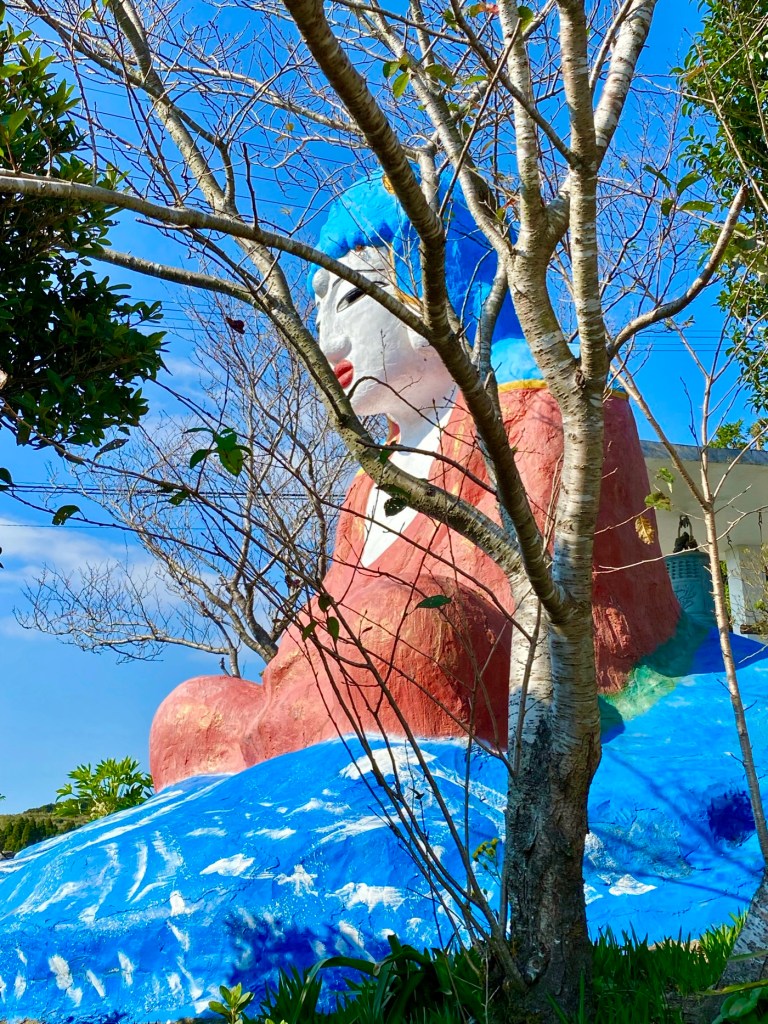
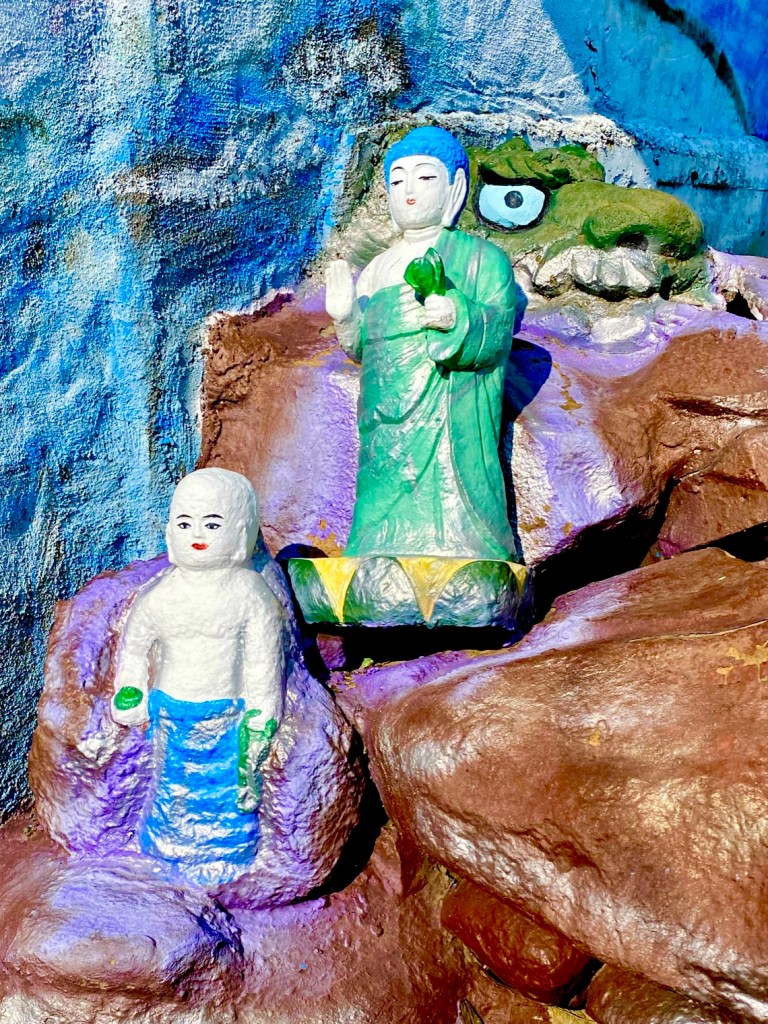
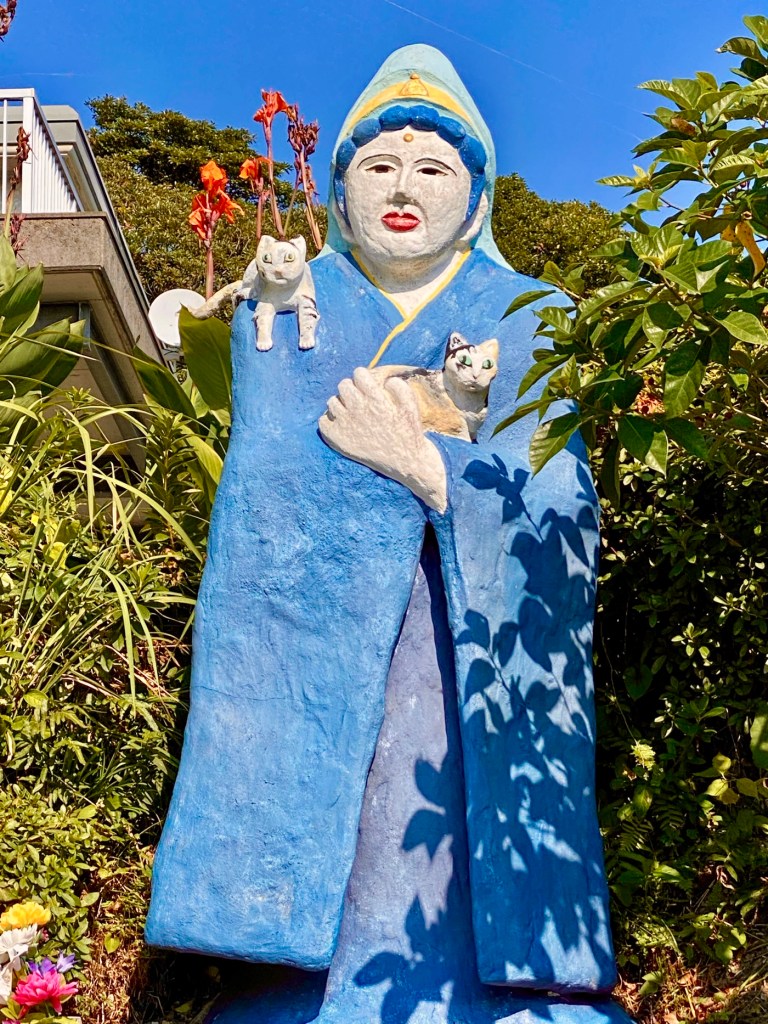

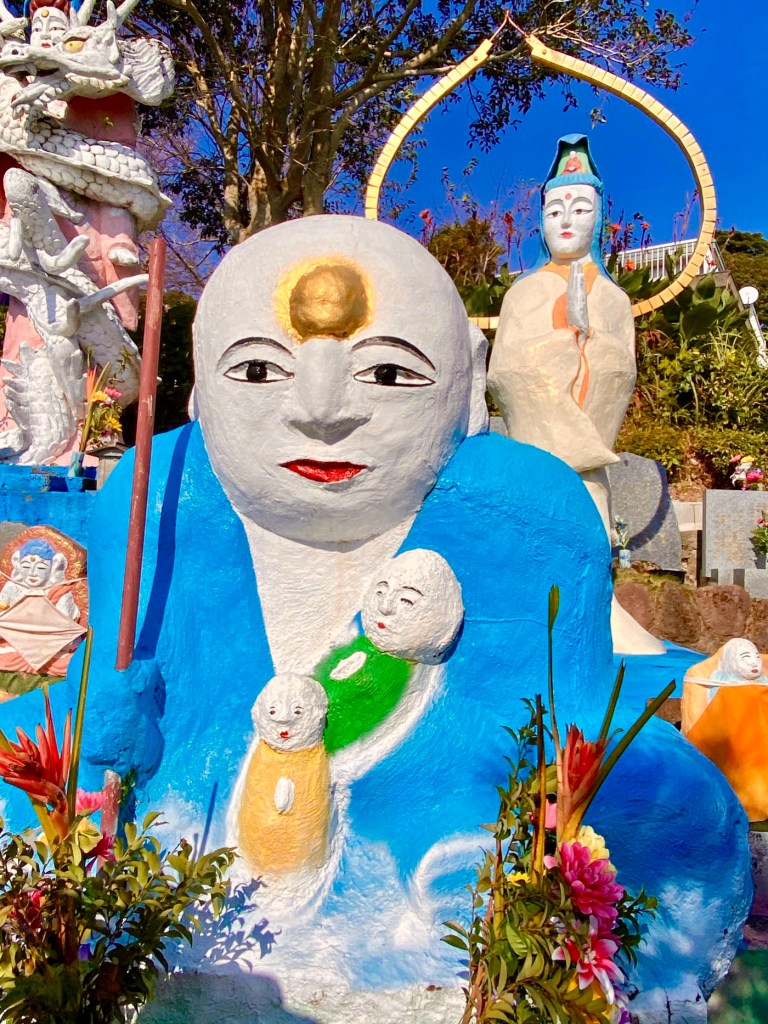


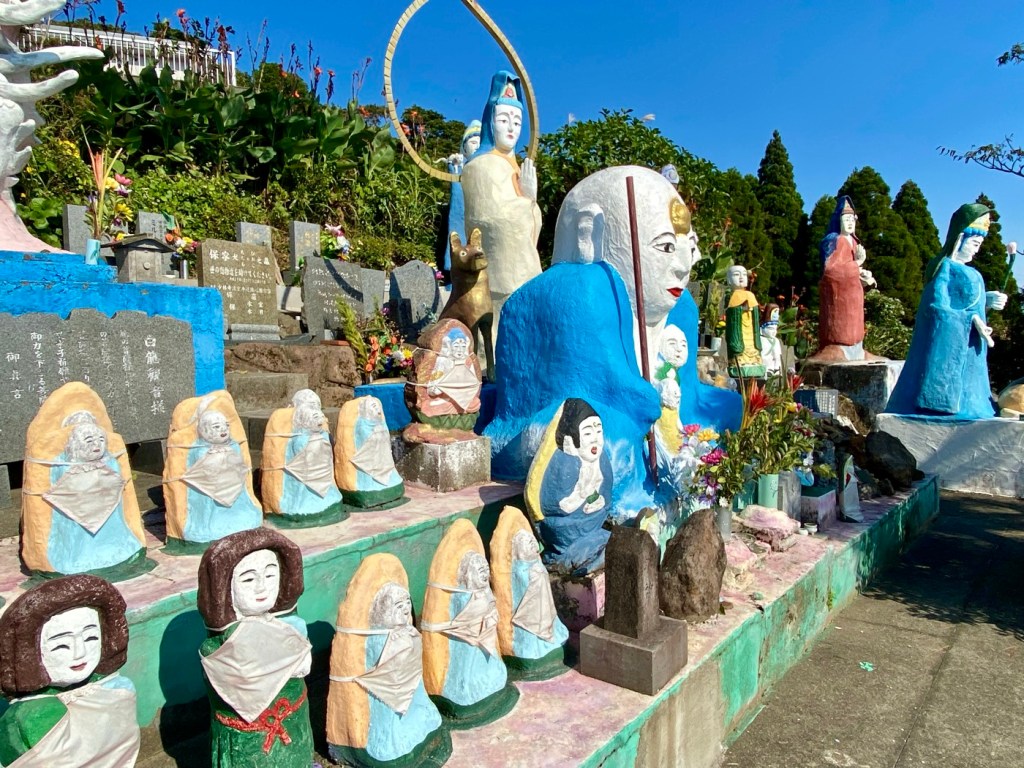
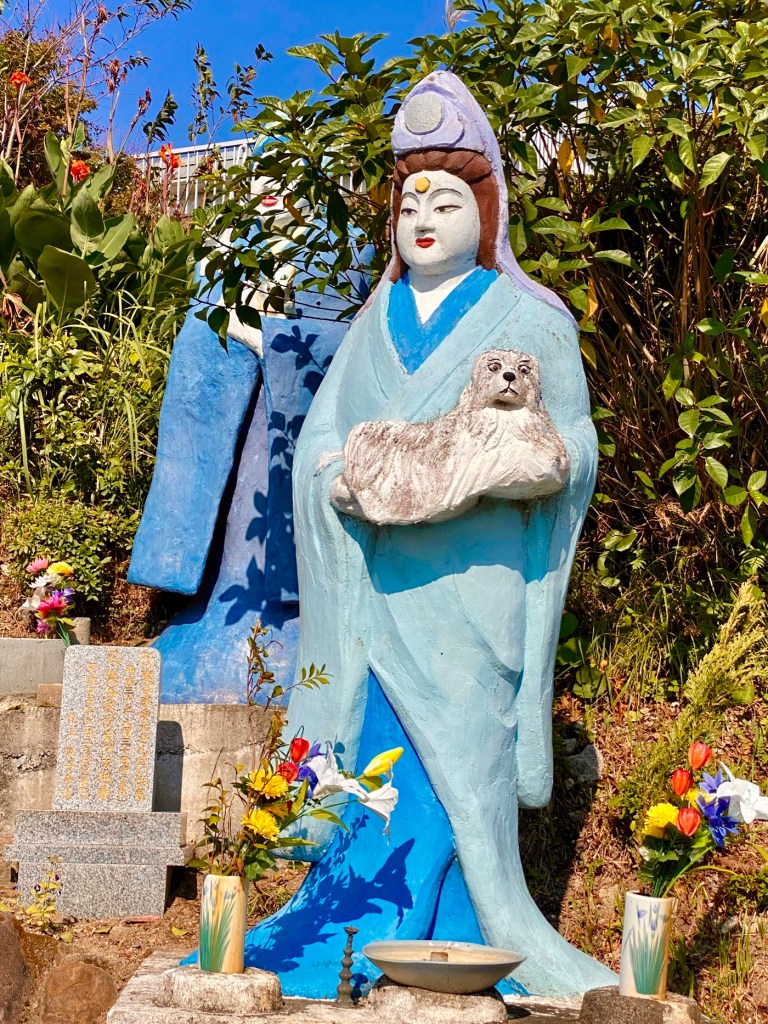








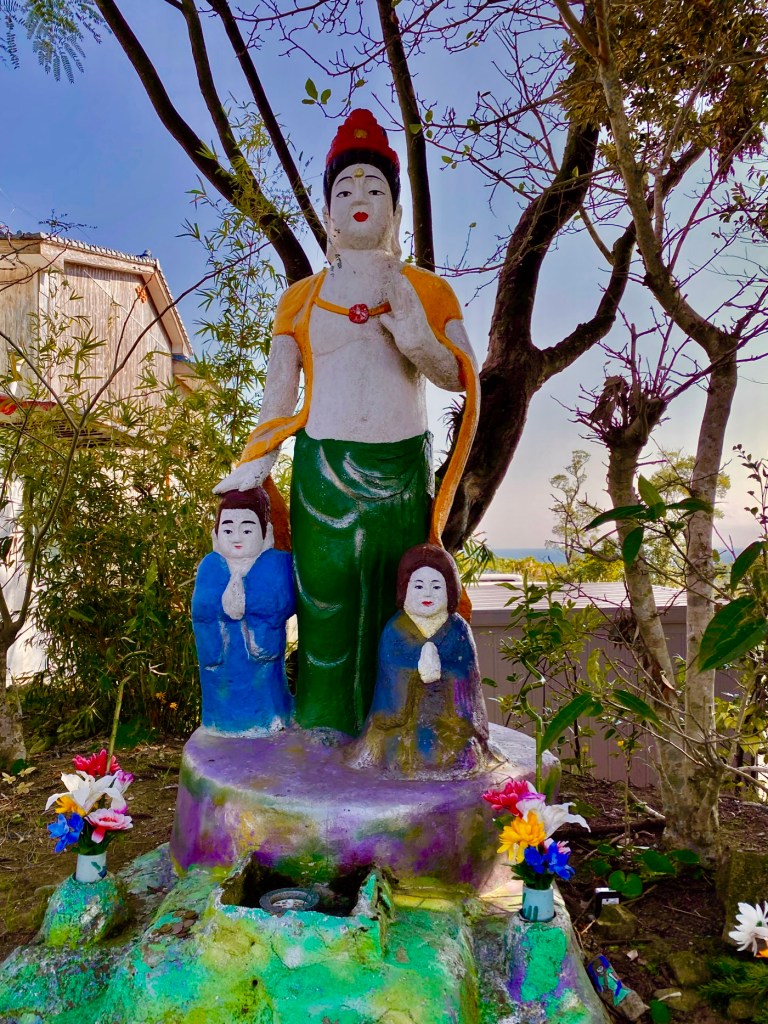

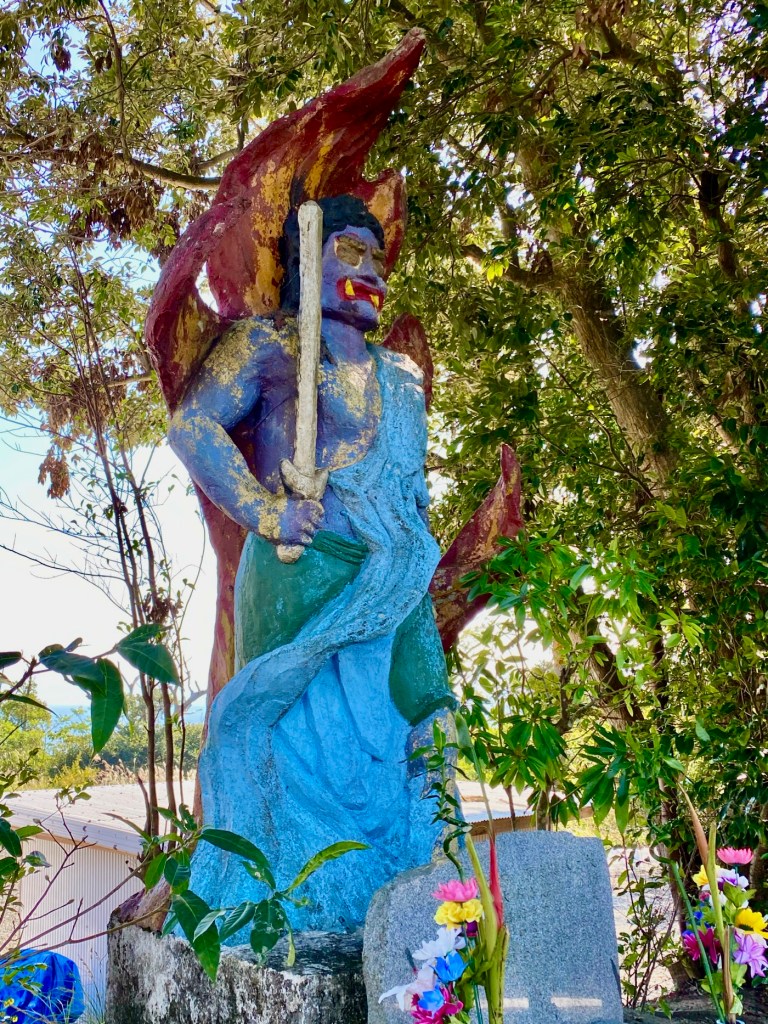

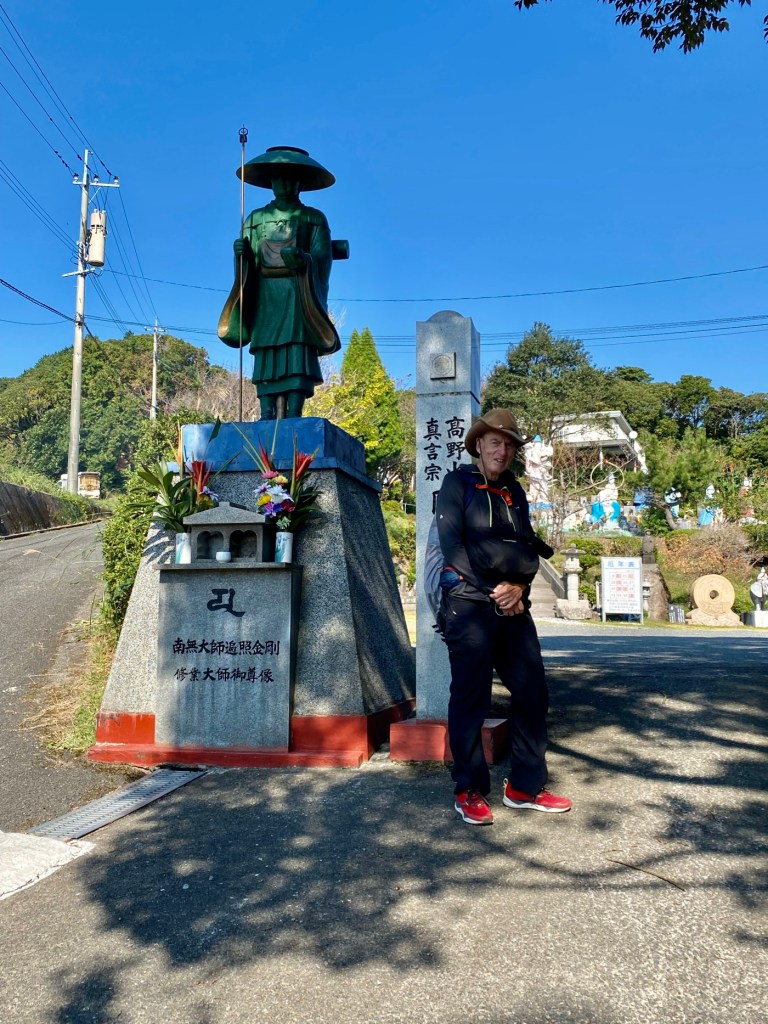



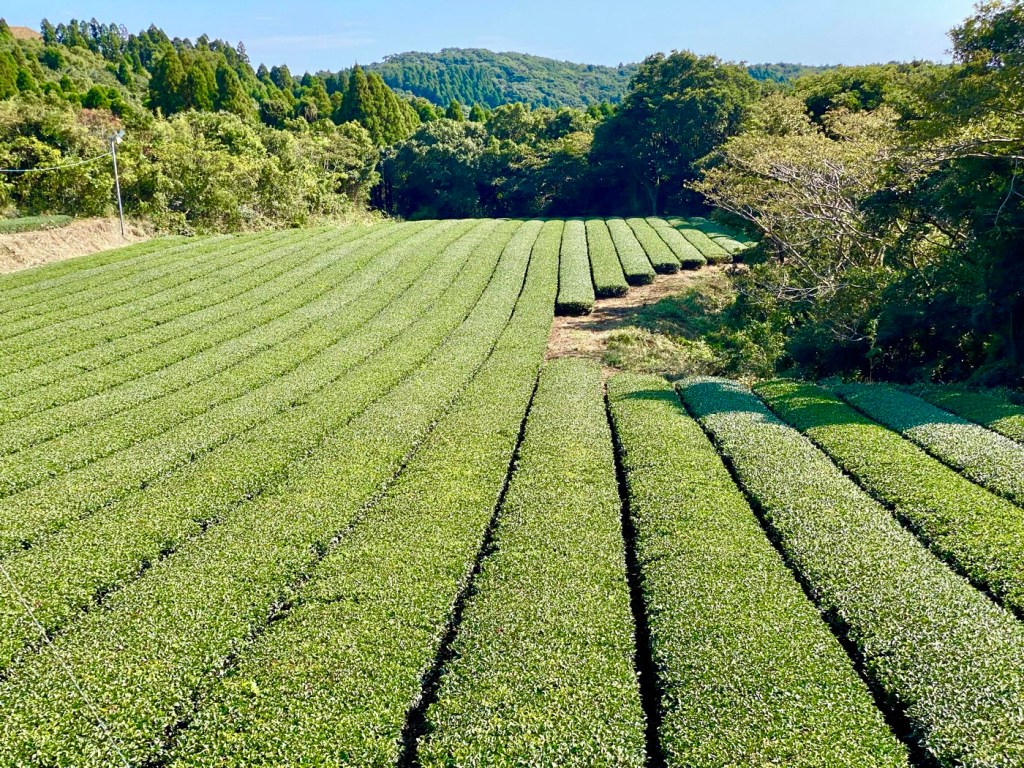
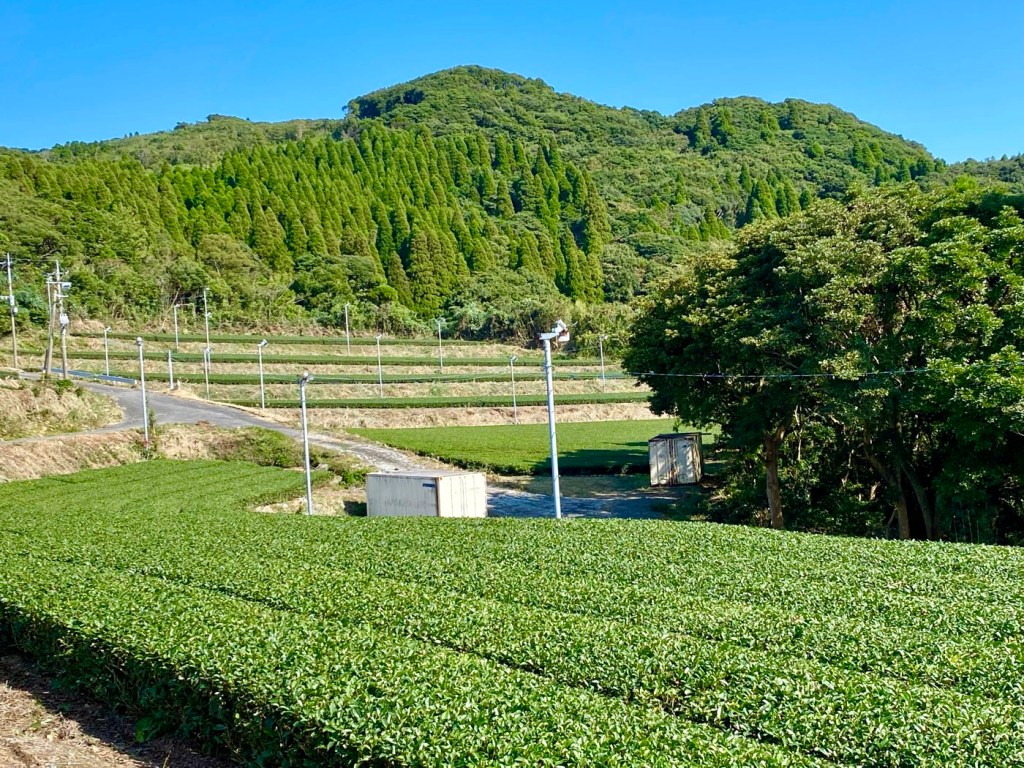
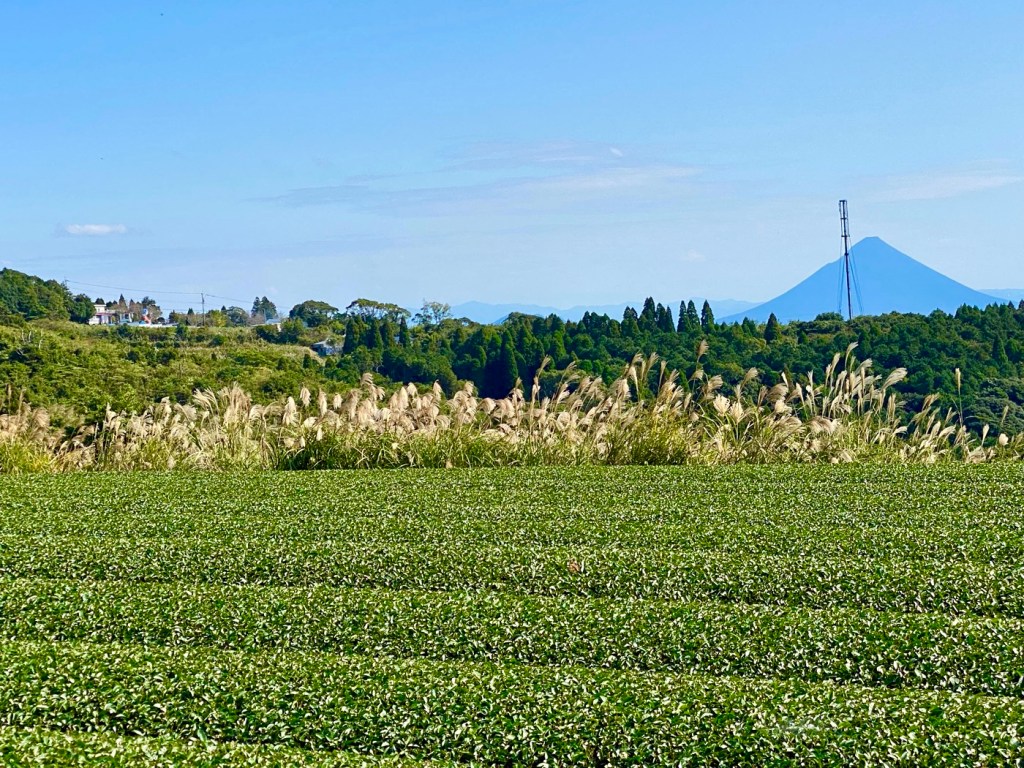
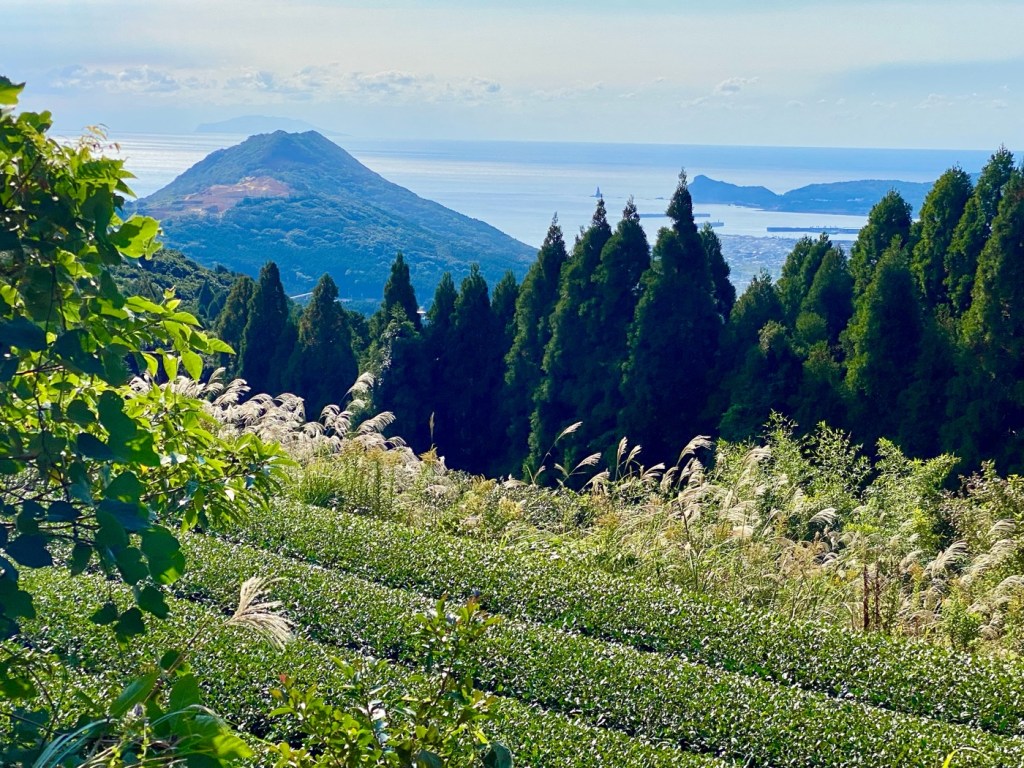
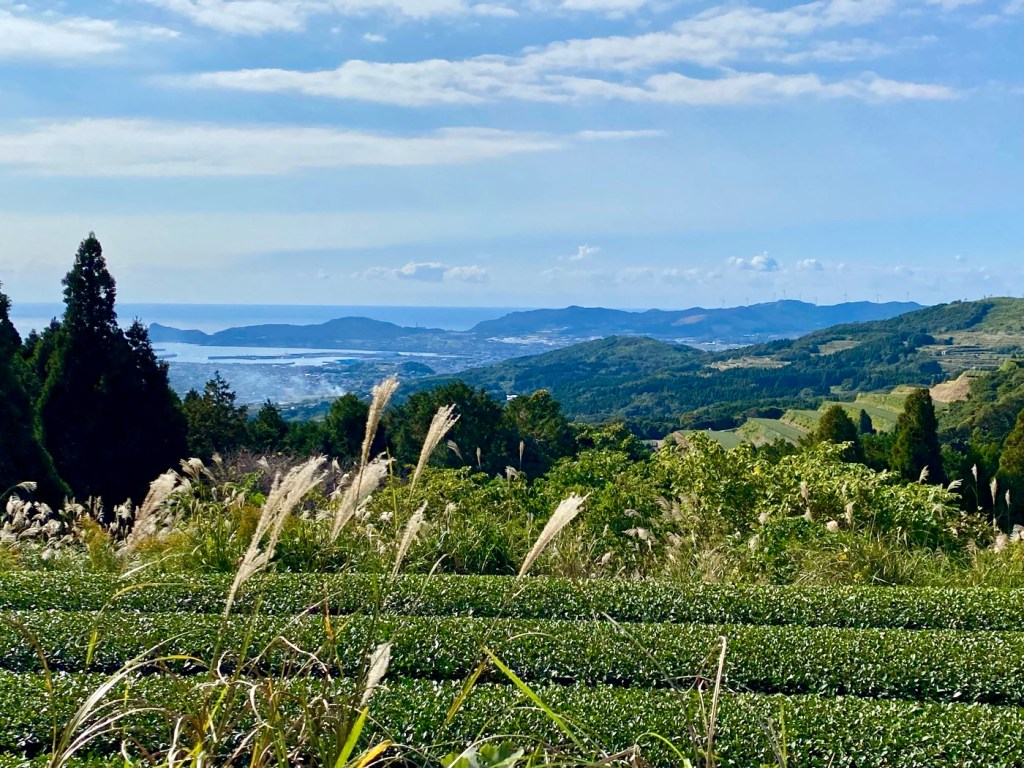



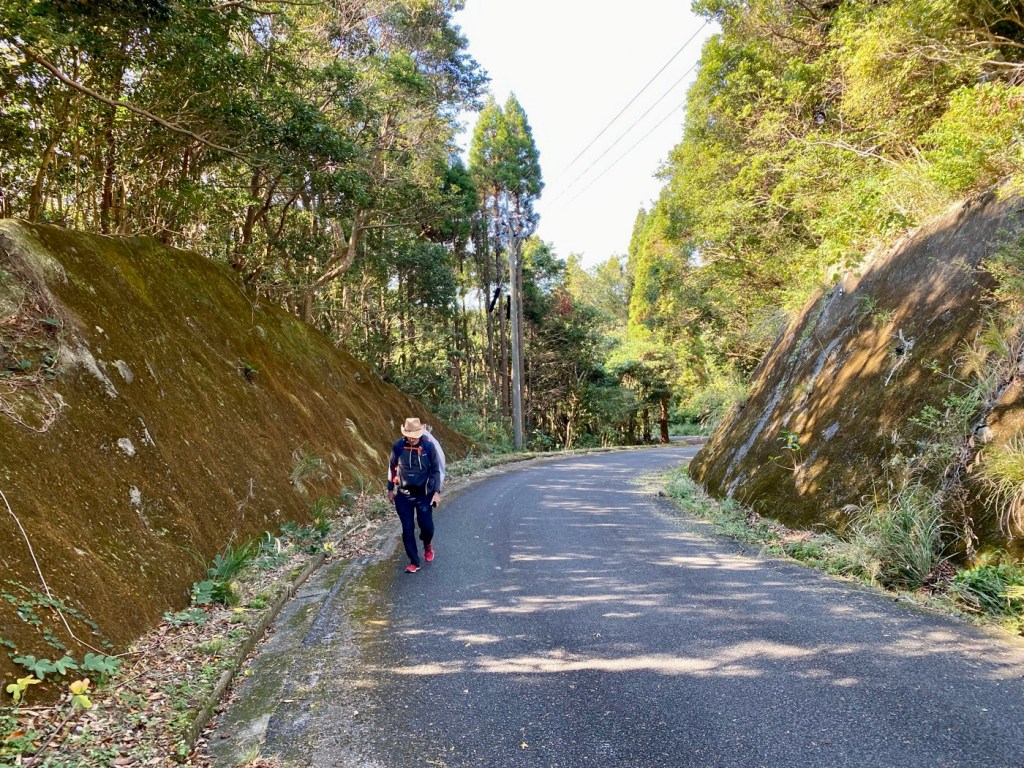
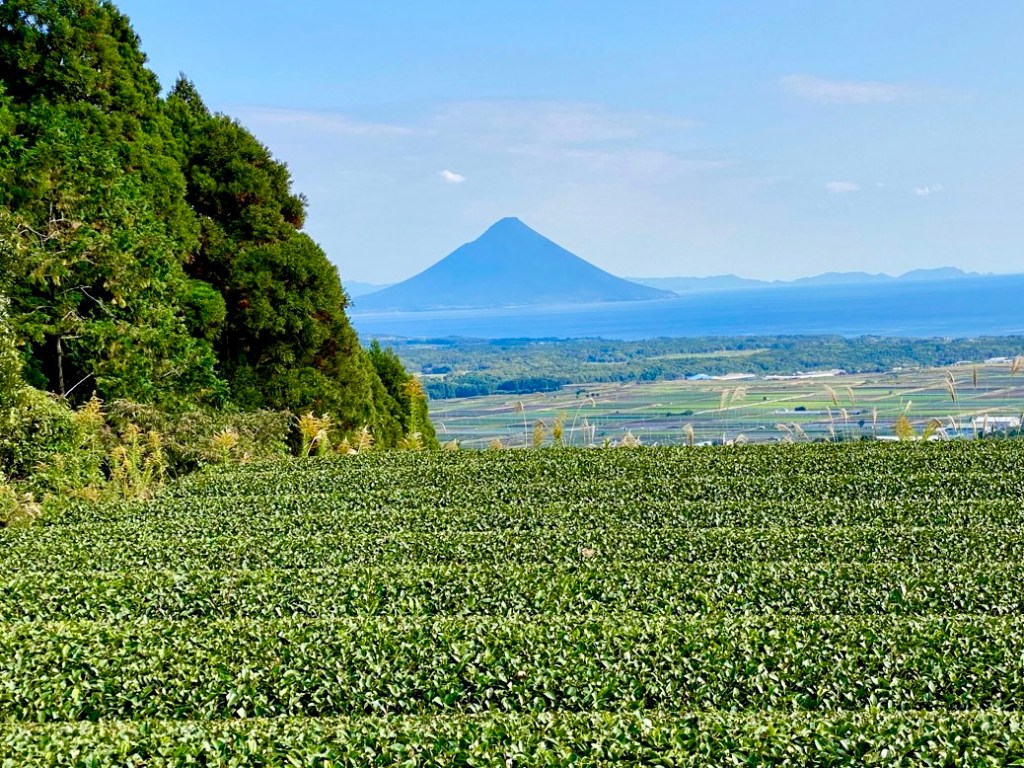

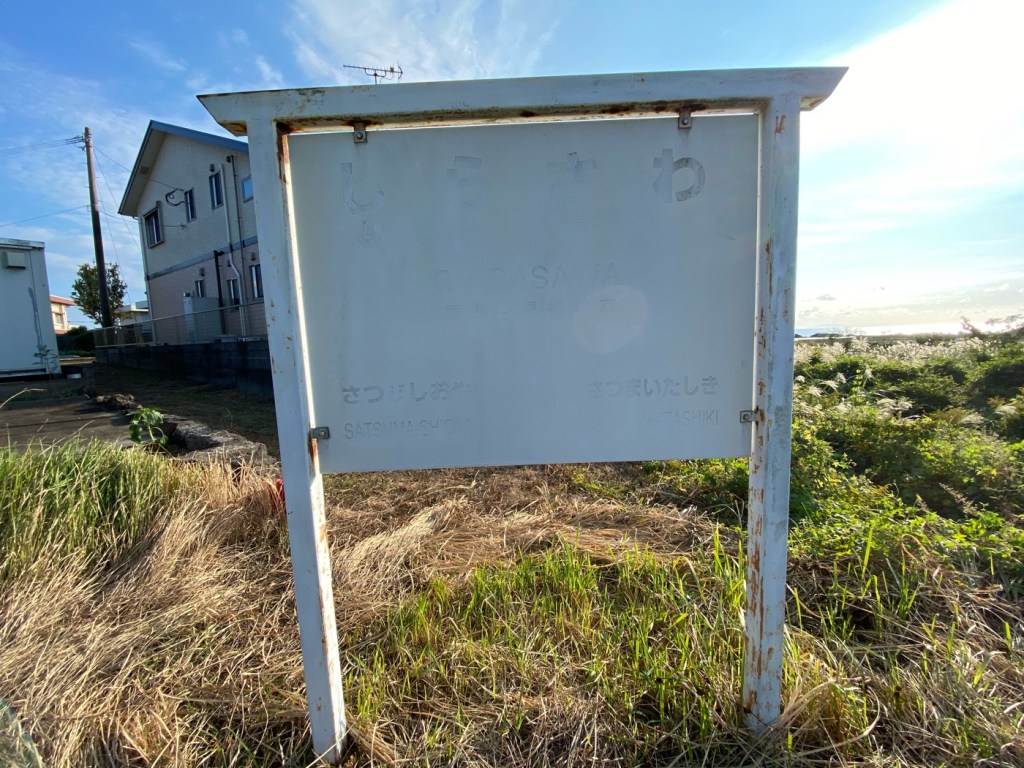
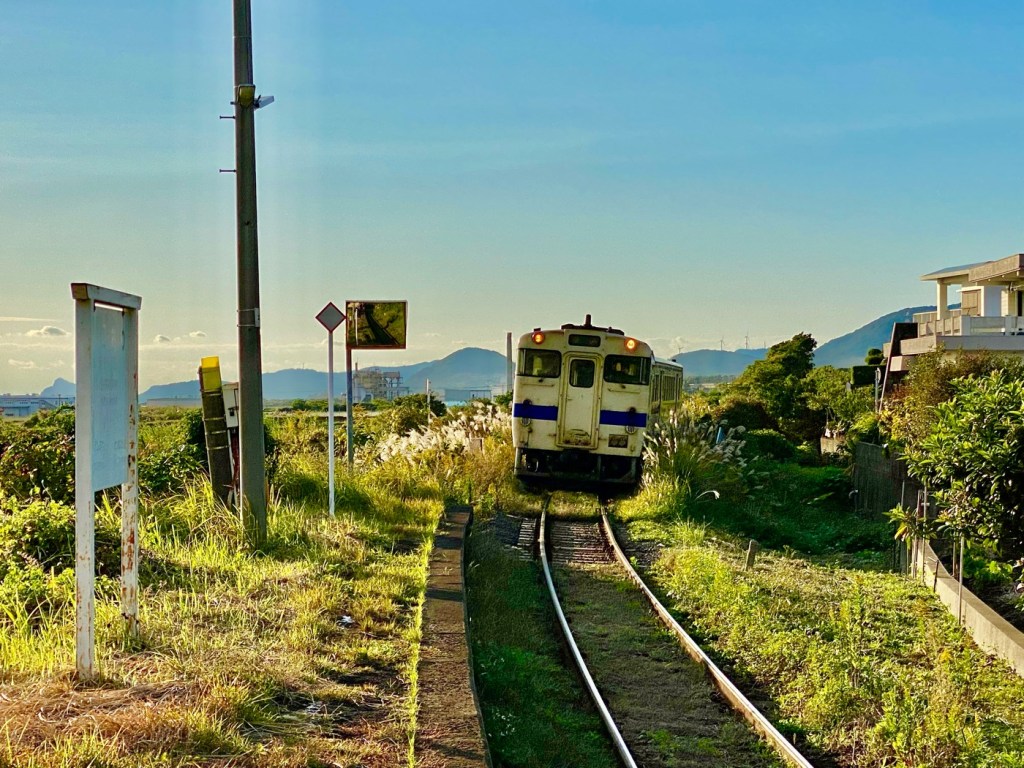

Day 51 - Meeting A Wise Italian Monk in Daikoku-ji Temple, on Kunimi Mountain Above Makurazaki, The Kyushu 108 Temple Pilgrimage, Japan
Makurazaki City is the southernmost city of the Satsuma Hanto Peninsula, in Kagoshima Prefecture.
Makurazaki is also the largest producer of Katsuobushi, a dried skipjack tuna that is used to make bonito flakes, widely used in Japanese cuisine.
Katsuobushi is a key ingredient in making dashi, the broth used in many soups and sauces.
The city is nicknamed “Katsuo town” because it handles the largest amount of any place in Japan, a staggering 50,000 tons of bonito per year.
Makurazaki Fish Center is located in the center of town near the port.
Inside, you can buy fresh or dried fish, or dine in the restaurant with views of the port.
We did not have the time today to visit the fish center, as we had to climb up a mountain above the city to Temple #97, Mt. Kunimi Daikokuji Temple.
The walk up the mountain with the views of the sea and the forest was a pleasant hike through a pastoral landscape, except for the terrible smell coming from the slaughterhouses.
The road really reeked of chicken and cow manure, and the horrendous smell of death.
As we hiked past the slaughterhouses, we could also hear the sad cries of the desperate cows
Despite the steepness of the path, I was so desperate to walk away, that I took the wrong way, and we had to go back down a bit and take the correct road, climbing up.
I had to put on a face mask, as a terrible smell is not just unpleasant, it is rotting bacteria and particles in the air, that is unhealthy to breathe, in my opinion.
As we continued to climb up the mountain, the slaughterhouses were now behind us, and we passed by many fields of camellias grown for green tea production.
No cars drove on this old forest road, except for the tea factory workers who were clearing up vegetation by the road, to improve access to the tea fields.
If anyone was coming by car to the temple, they must be using the road on the other side of the mountain, which we will walk down on, after we visit the temple.
Temple #97, Mt. Kunimi Daikokuji is a unique temple.
Large handmade statues decorate the temple grounds, with dragons, animals, Buddhas and many deities, all made from reenforced concrete or cement, and painted by the monks and nuns living here.
The temple was founded by the chief priest in 1967.
At that time, the local people suffered from massive storms and typhoons that ravaged the town, leaving much destruction in their wake.
The priest performed a 100-day wish fulfilling ceremony and practiced Zen meditation.
During his meditation on Mt. Kunimi, the figure of Kannon Bodhisattva, appeared before him.
He immediately started building a handmade hall and built a Dainichi Kannon Bosatsu, about 8 meters high and facing the direction of the sea, where the typhoons usually came from.
Since then, the big typhoon storms no longer plagued Makurazaki City, and the temple became known as a protective force.
Over the years, they continued building more halls and erecting more handmade statues, as well as living quarters for the nuns and monks who came here from all over the world, to practice and help the temple.
About 1200 years ago, Kobo Daishi founded 88 sacred places in Shikoku.
Kunimiyama Daikoku-ji Temple has an 88 Mini pilgrimage similar to the 88 sacred places in Shikoku that were established by Kobo Daishi.
It is believed that visiting the mini pilgrimage has the same Buddha power as visiting the 88 sacred places in Shikoku.
The Italian monk we met at the temple told us that most of the monks and nuns in this temple have walked the Shikoku pilgrimage nine or ten times.
From the temple, you can see Mt. Kaimon rising up by the sea like a mini Fuji-San Mountain.
It is located in the direction that we will be heading towards next.
The head monk of this temple has passed away, but his wife and son still keep the mission of the temple alive, helping seekers to benefit from the spiritual powers of this place.
While we were there, a man came to have a soul rejuvenating ceremony for his healing.
It was a chakra balancing ceremony, to help heal him from disease and rejuvenate his soul.
He looked grey, skinny and frail.
He put on a black robe and sat in the main hall.
The priest and his assistant performed a chant and a blessing, then they did a hands on rubbing of the man’s neck, head and back, all the while chanting blessings and prayers.
Then after the ceremony was over, he took off the black robe and went outside.
When we went outside to see the view of Kaimondake mountain, we saw him chain smoking cigarettes.
Despite myself, I couldn’t help but feel judgmental.
How can he come for a soul rejuvenation ceremony and ask for healing from the gods, when he is not willing to help himself by stopping a terrible habit like smoking…
But I know I should not judge anyone and their soul journey through life.
In fact, my aim is to get rid of the three poisons in my own mind and heart.
The Italian monk from Milan whom we met at the temple was more than happy to make us tea and talk with us about Buddhism.
We were so excited to meet him and benefit from his generous spirit.
I asked question after question, so curious was I about a monk’s personal experience of living and practicing in a Shingon temple.
Shingon practice emphasizes the coordination of mudra, mantra, and mandalic contemplation, under the direction of a trained ritual master.
I asked and he explained about the powers of the mudras, the hand movements I saw some Shingon practitioners do while chanting the Hanya Shingyo.
After joining the temple, he was assigned a Buddhist name.
He called it “His real soul name”.
He said that for him, it is two Kanji Characters, one for a cloud, and the other for heaven.
Put together, his name is “heavenly cloud.”
He spoke about getting rid of the three poisons that stand in our way to enlightenment and nirvana.
They are anger, greed and attachment.
He said that just by eliminating them from your heart, you become a manifestation of compassion, a Kannon-sama.
Then comes the step in which you must rid yourself of ambitions.
You are even supposed to rid yourself of the ambition for enlightenment and the spiritual powers that come with it.
The Italian monk said that getting rid of any ambitions to become like Kobo Daishi, or like his master, is a way of humbling yourself and being happy to just be a helping hand.
Being a helping hand means that you work and live for the purpose of helping others and the world, to get rid of suffering.
The Italian monk talked about the the bodhisattva vow, which is the commitment to put others before oneself.
It is a statement of willingness to give up one's own well-being, even one's own enlightenment, for the sake of others.
By doing so, you enter the world of Buddha, free from confusion and earthly desires, and you enter a dimensional world called the Pure Land of paradise.
We talked about how Kobo Daishi said that it is possible to become enlightened and become a Buddha in one lifetime and in this very body.
After chatting with everyone we especially thanked the Italian monk, who was dressed in work clothes that were permanently covered in paint.
He comes here from Milano every year, to live and work for two to three months at a time.
He is married and his wife is in Milano, where they established a small temple house.
We talked about how they live by donations, and never charge for services, accepting whatever people wish to pay.
We left and started walking down the mountain.
Everywhere we had views of the Kaimon Dake volcano.
The soil in the area is rich and dark, full of nutrients, and most of the landscape is fertile fields.
It was getting late in the afternoon when we walked down the mountain and to the train station.
There was no station, just a faded sign with almost no writing left on it, with a train schedule glued to it.
I asked a woman who was working in a nearby field if the train stopped here. She said yes, it would stop at 4:06 in the afternoon.
This was the most basic train station we have ever stood at.
There was no bench, no rain cover and the sign had faded away completely.
We sat on a concrete railing and had tea and the snacks the temple had given us, while waiting for the train.
When the train finally came, it did stop and we got on it.
The lady that was working in the field now stood by her house and waved at us goodbye through the trees in her garden.
I waved back with both my hands.
She waved at us with both hands, not leaving until the train took off and we were out of sight.
Her kind heart and familial warm waves with both hands felt to me as if we left behind a loving and caring mother.
It is amazing how much care you can express by simply caring about others…
This train, coming from Makurazaki Station, is the last station of the southern-most JR train line in Japan.
People line up in the rural train stations, not to board the train but to take photos of the old train in different seasons.
They exhibit the photos of the train through flower fields or snow, and many photographers come to photograph it.
Our Onsen hotel is located in Ibusuki, in the foothills of Mount Kaimon.
It is a unique place known all over Japan for its hot geothermal sand baths, but we will experience that tomorrow.
Today we will soak in the hot springs, have a nice dinner in the hotel, and get some much needed rest.
Sending you love,
Tali
Stats: 20,658 steps
Today’s walk: 14.5 km
Kilometers walked to date: 871.5
Temples visited:
Temple #97 Mt. Kunimi Daikokuji